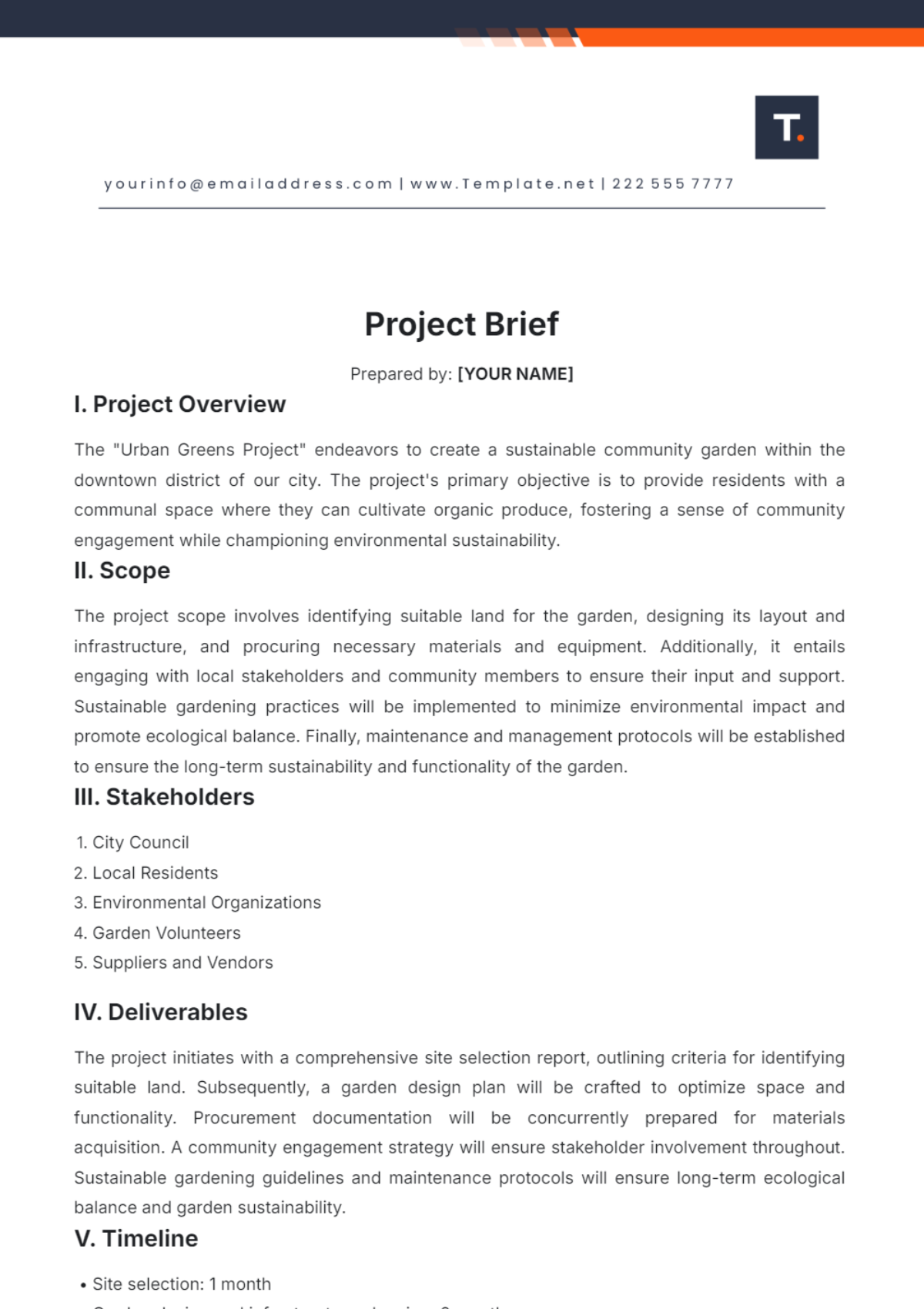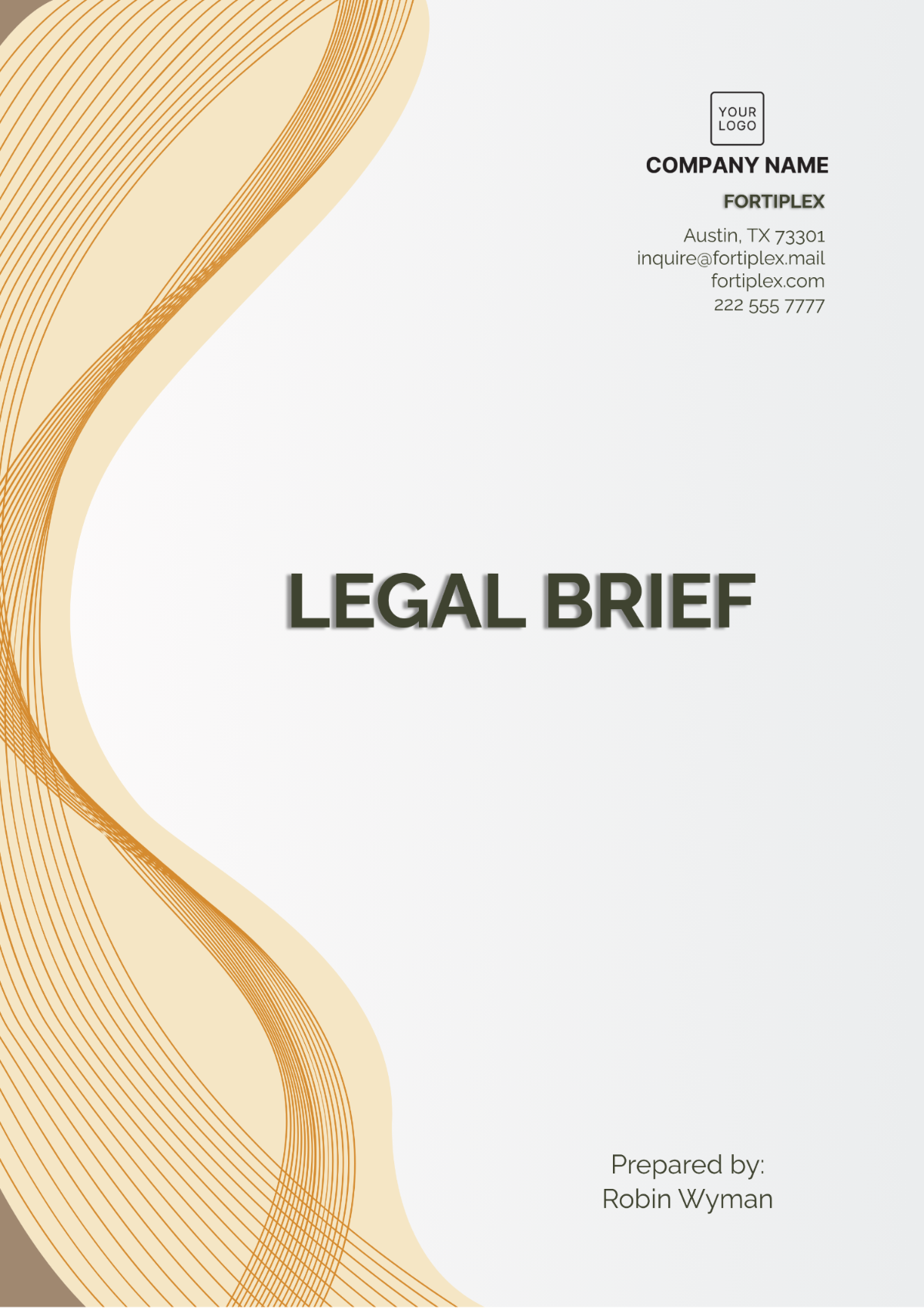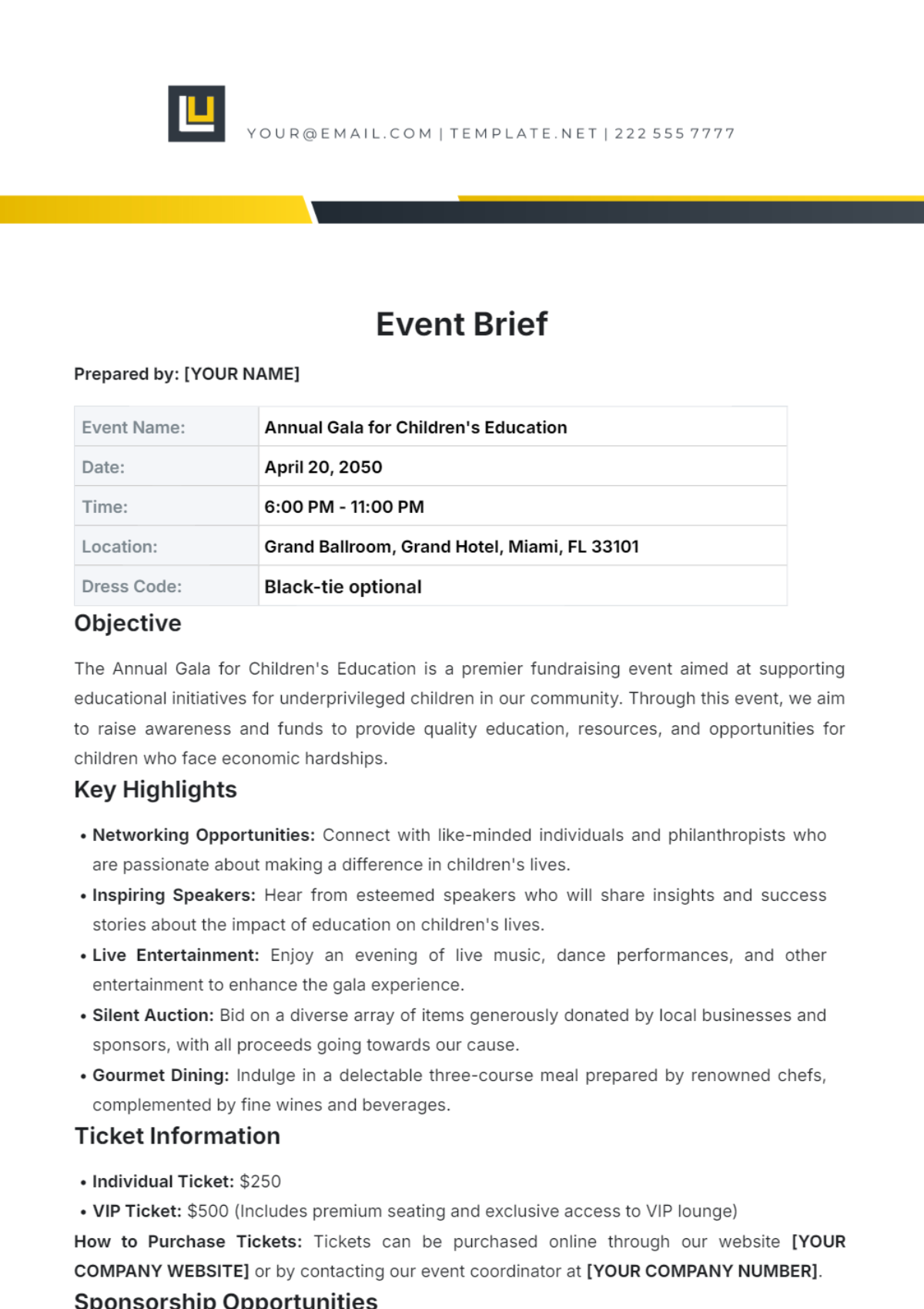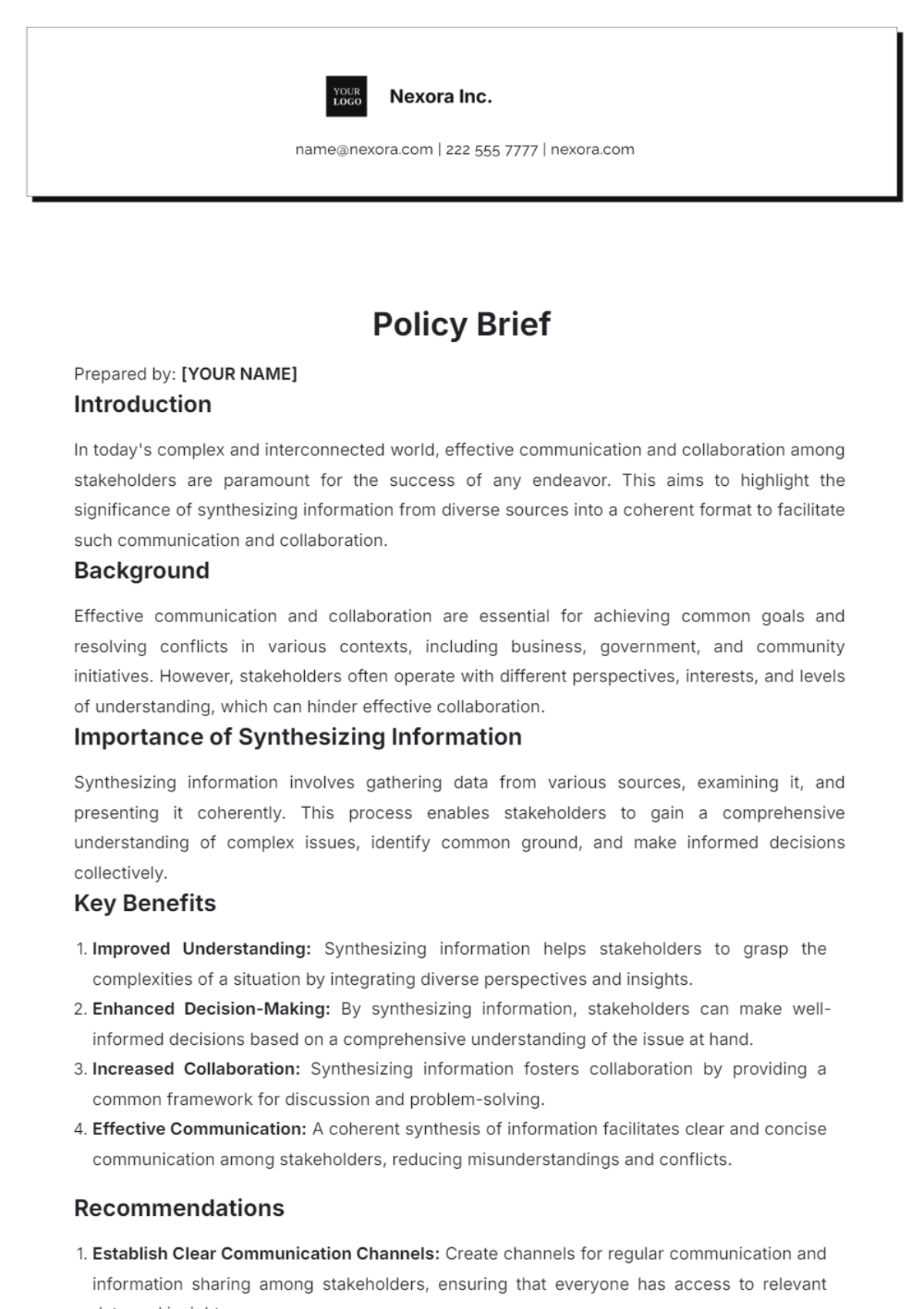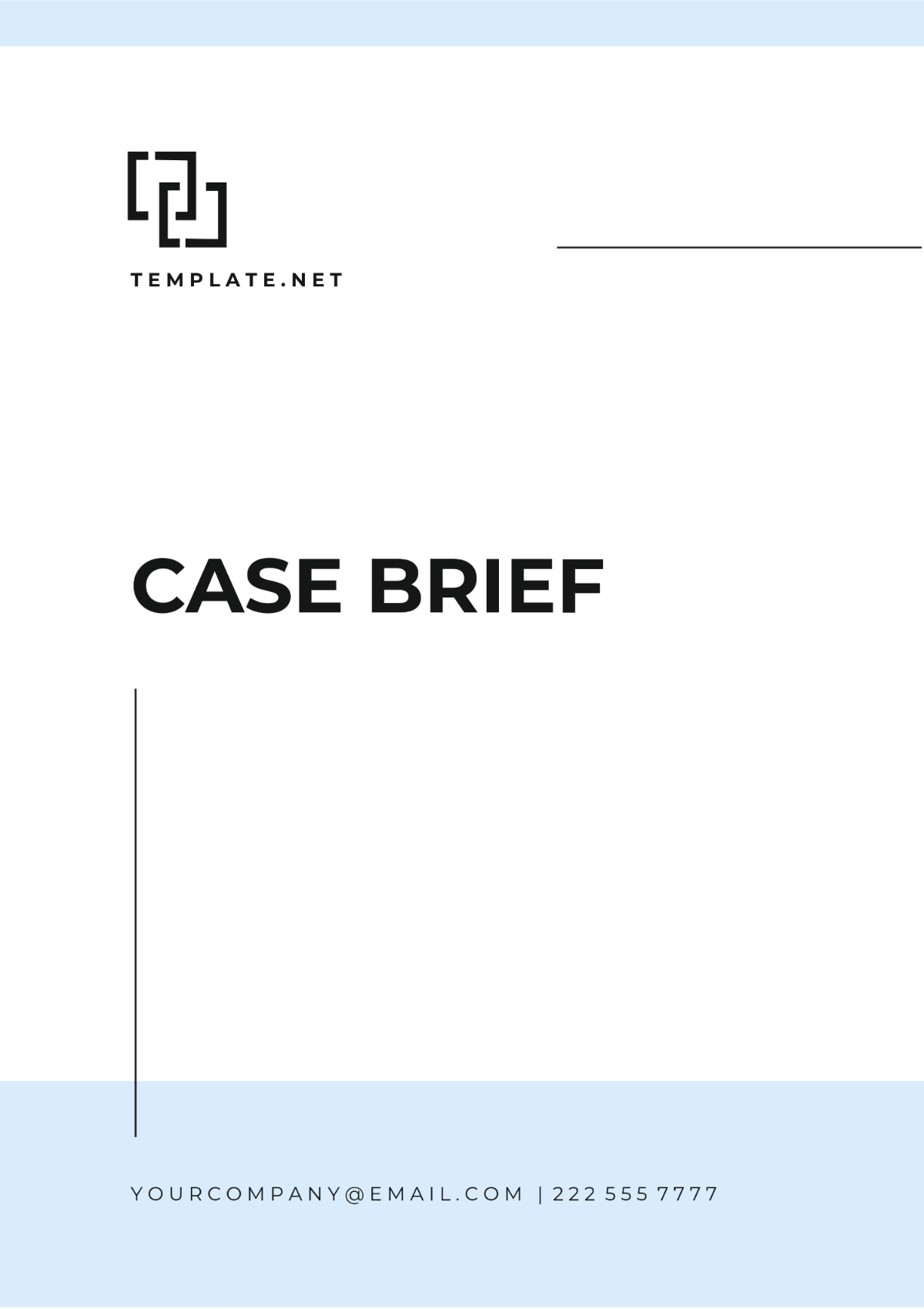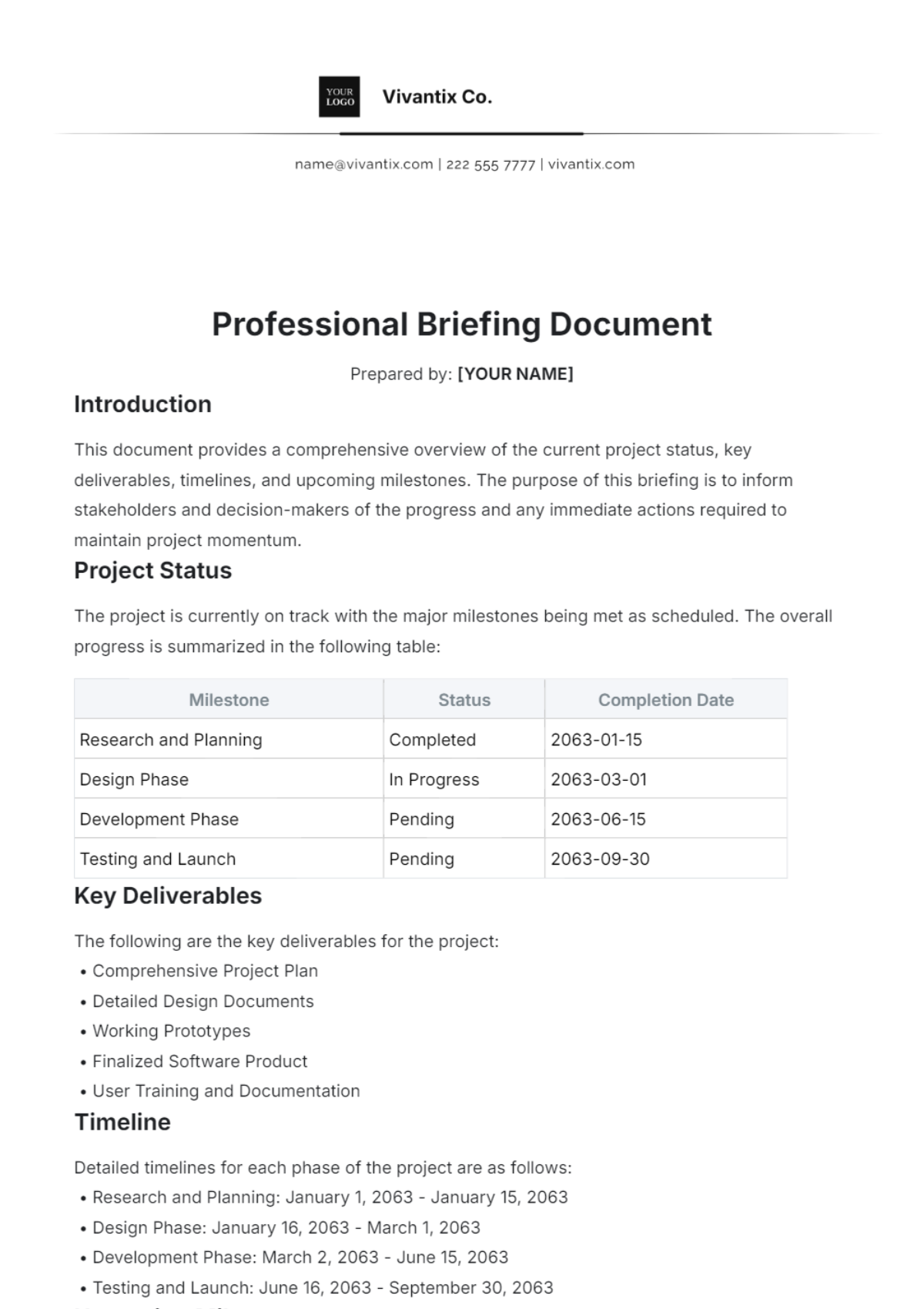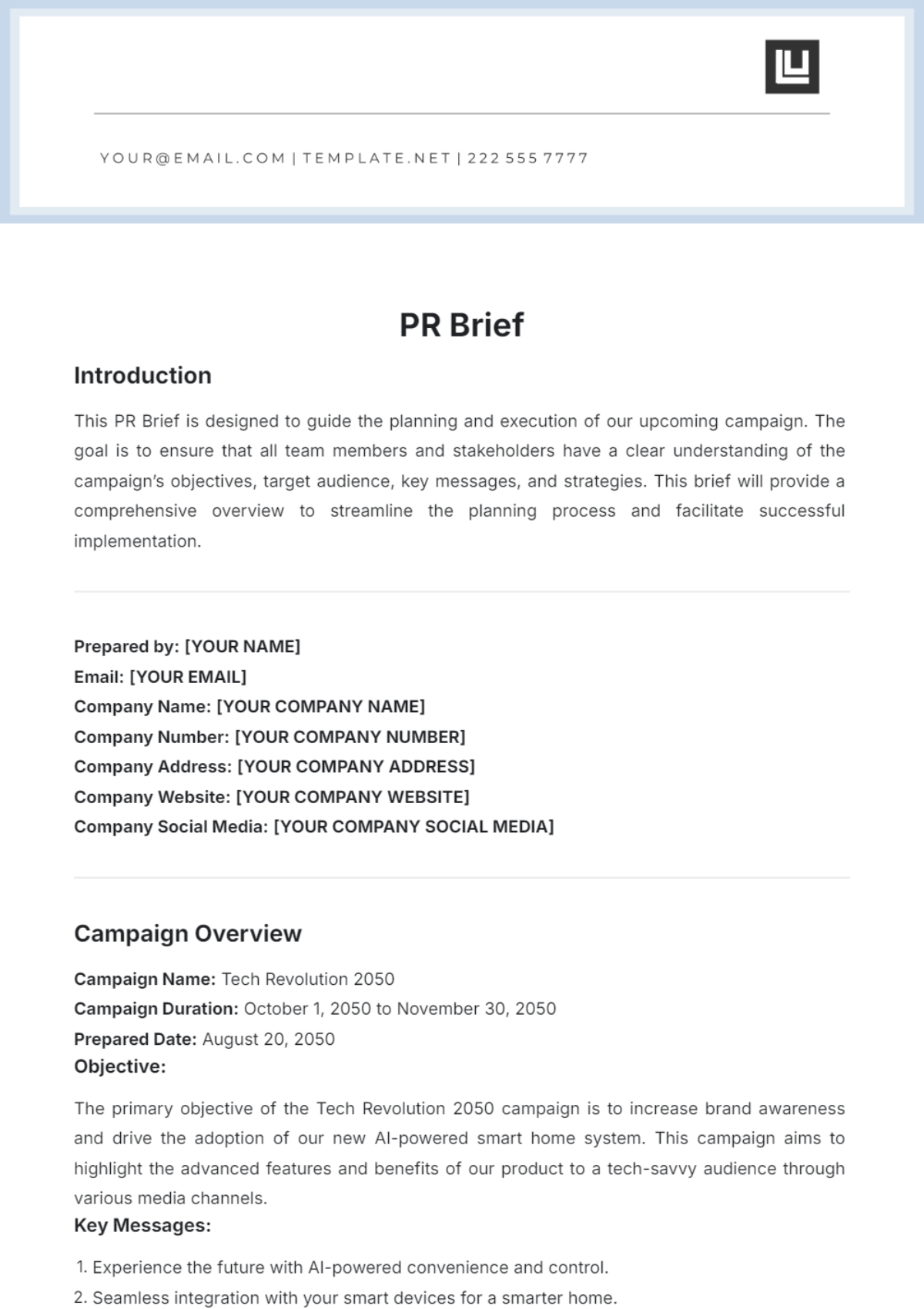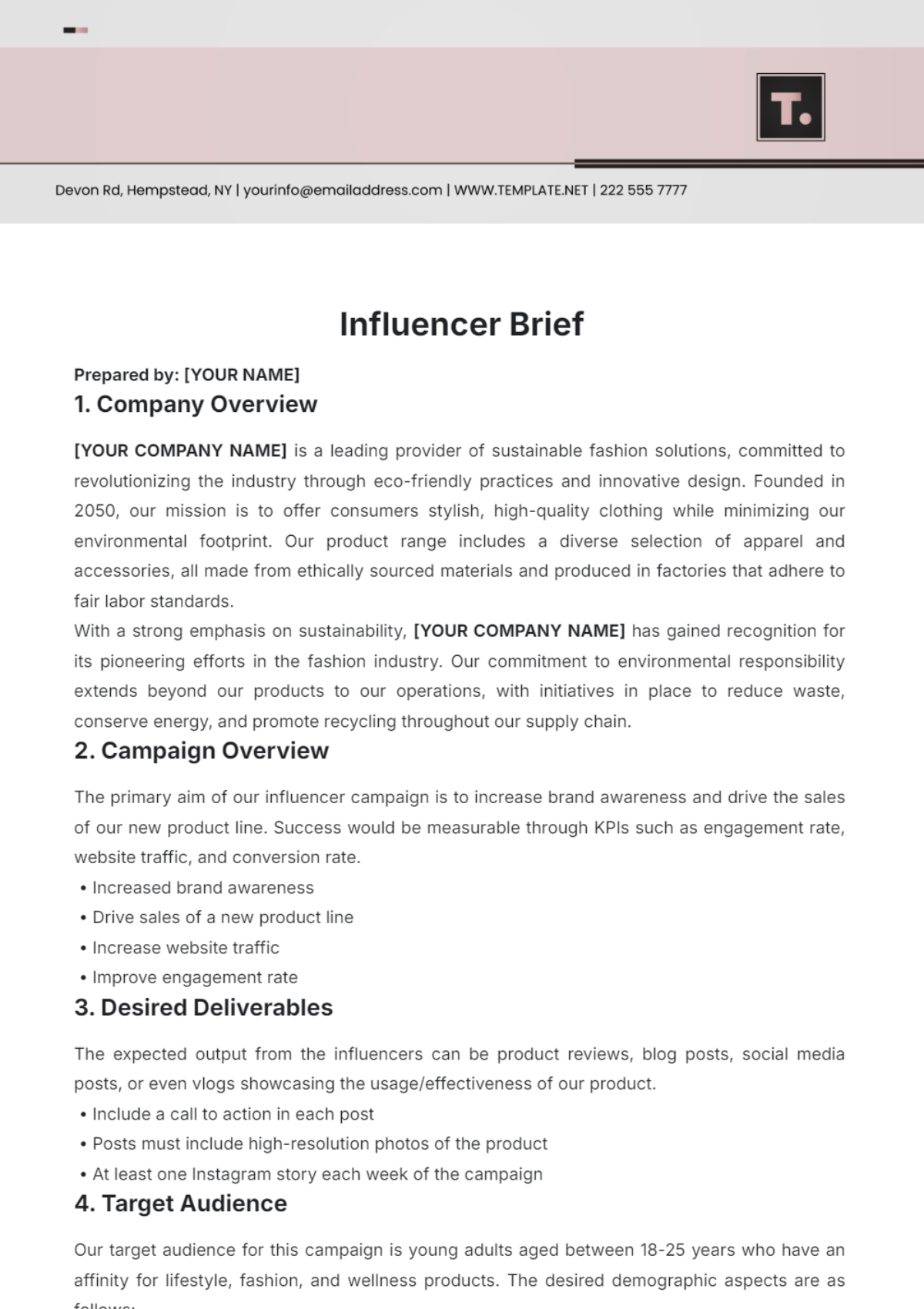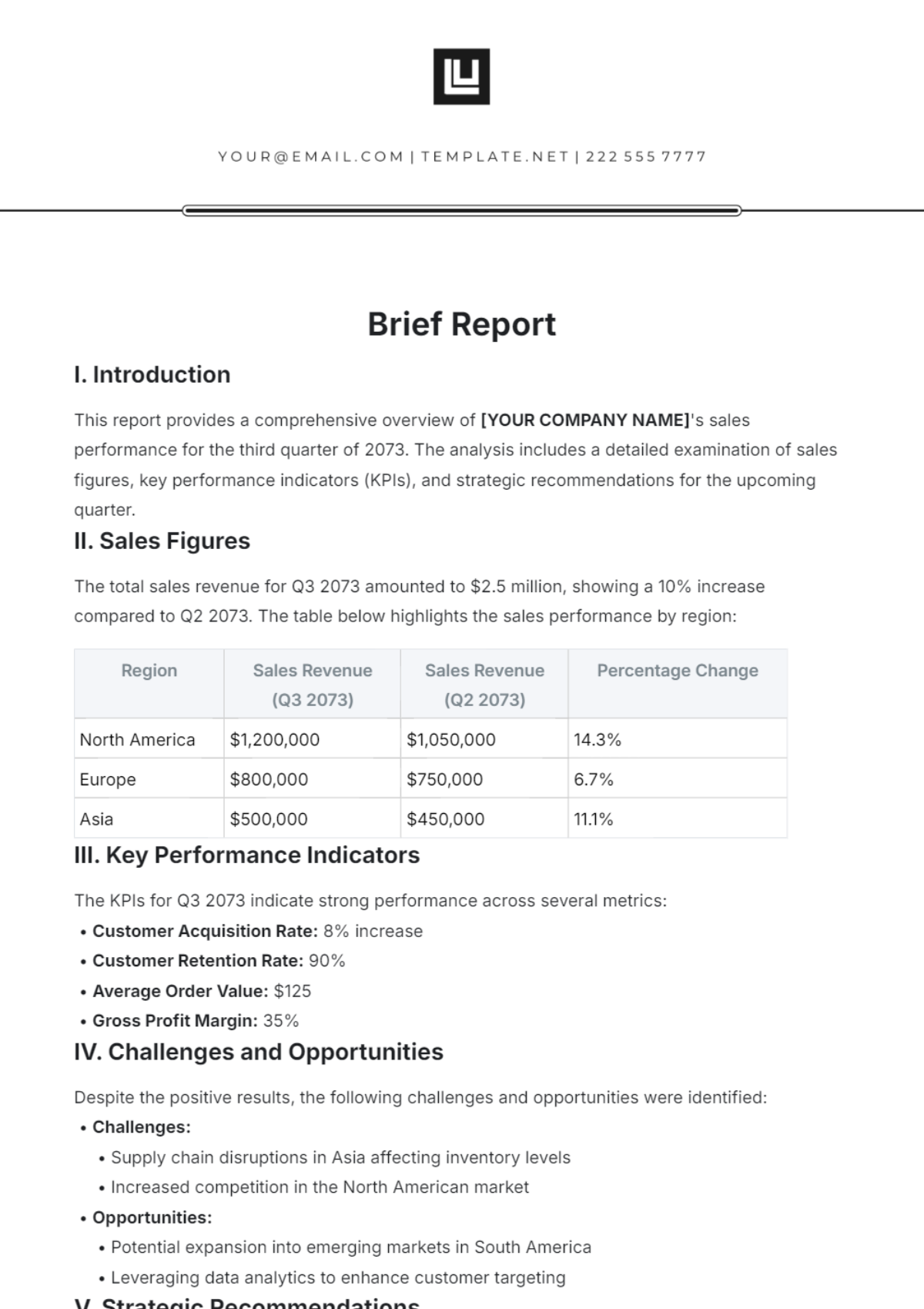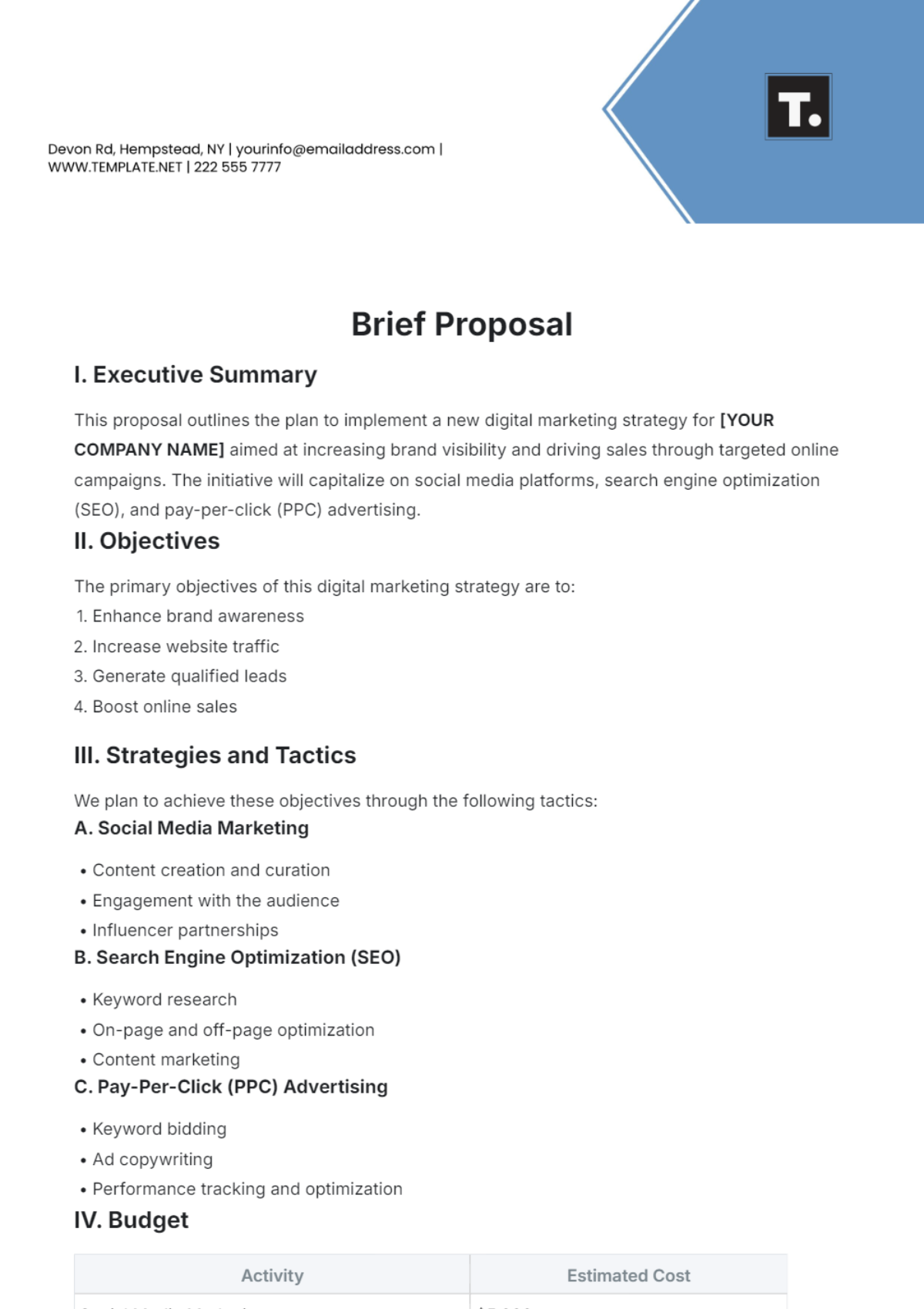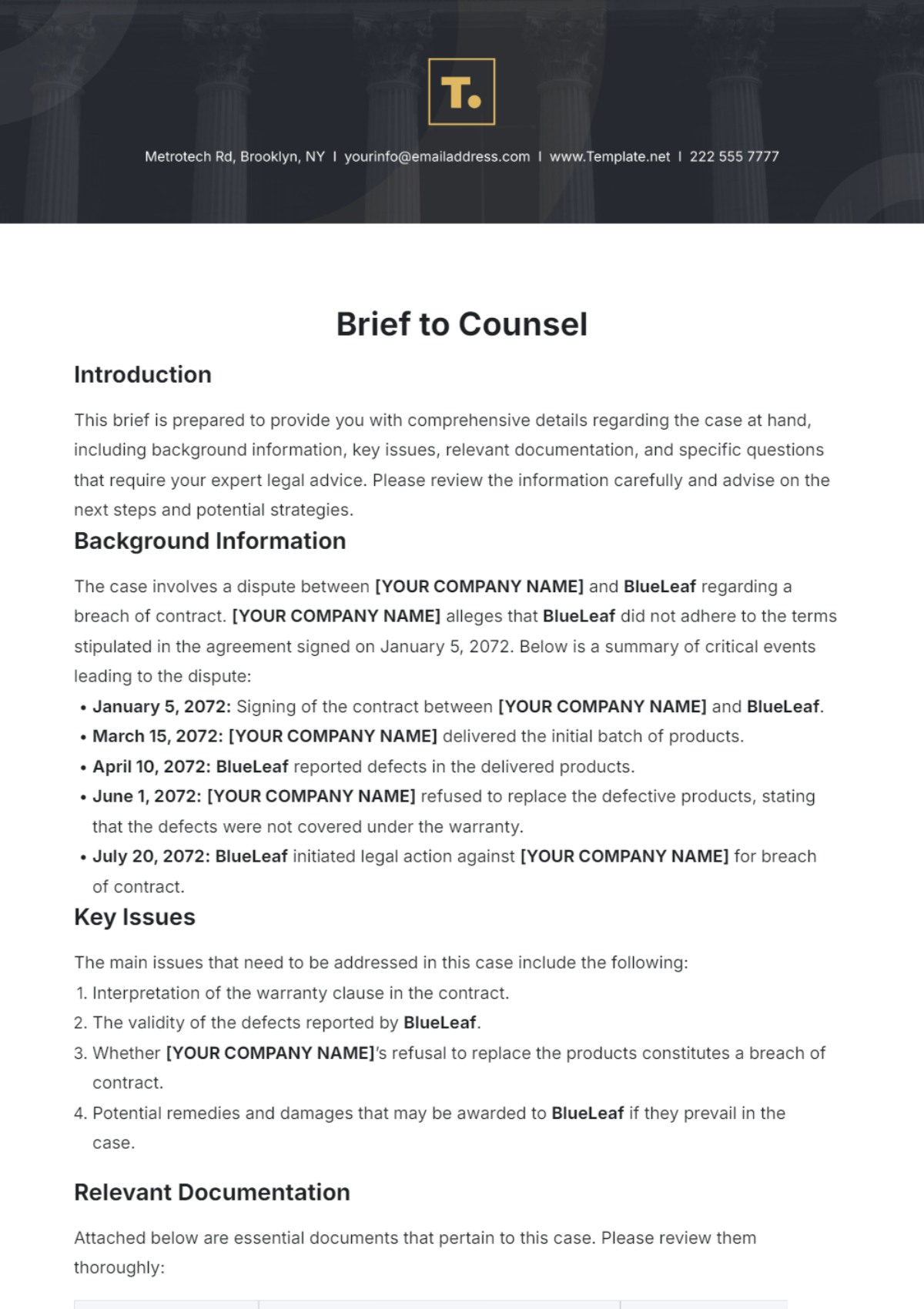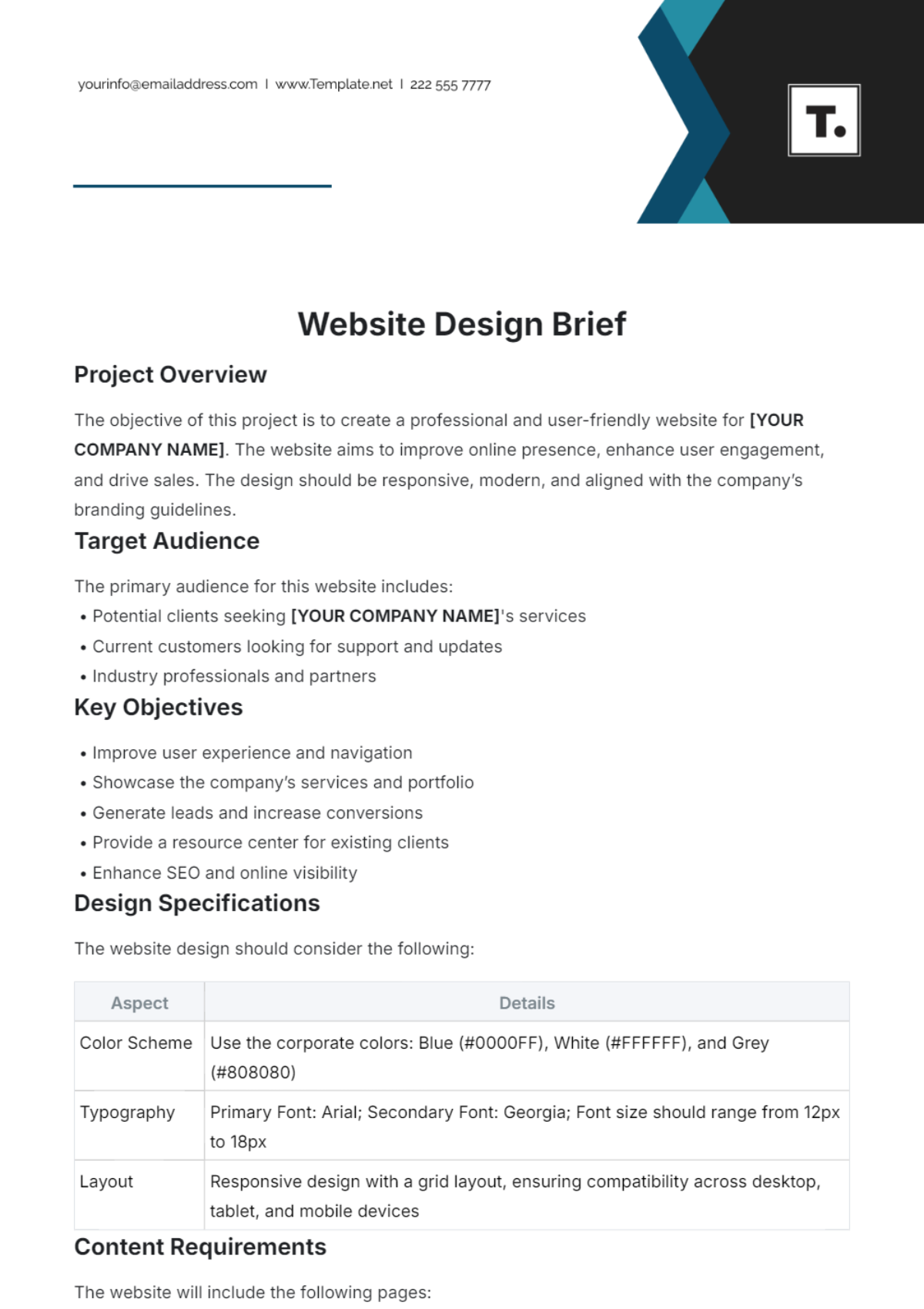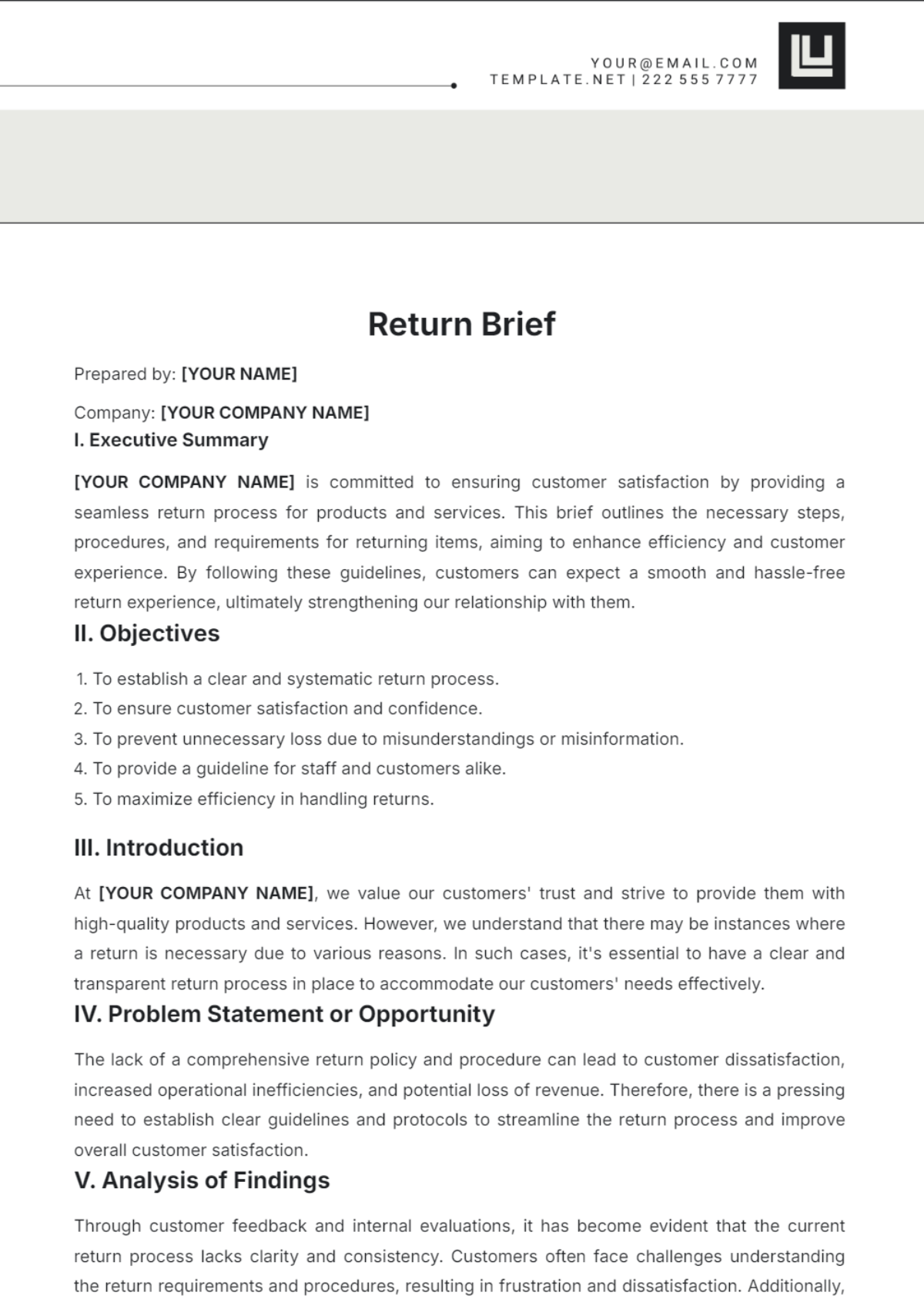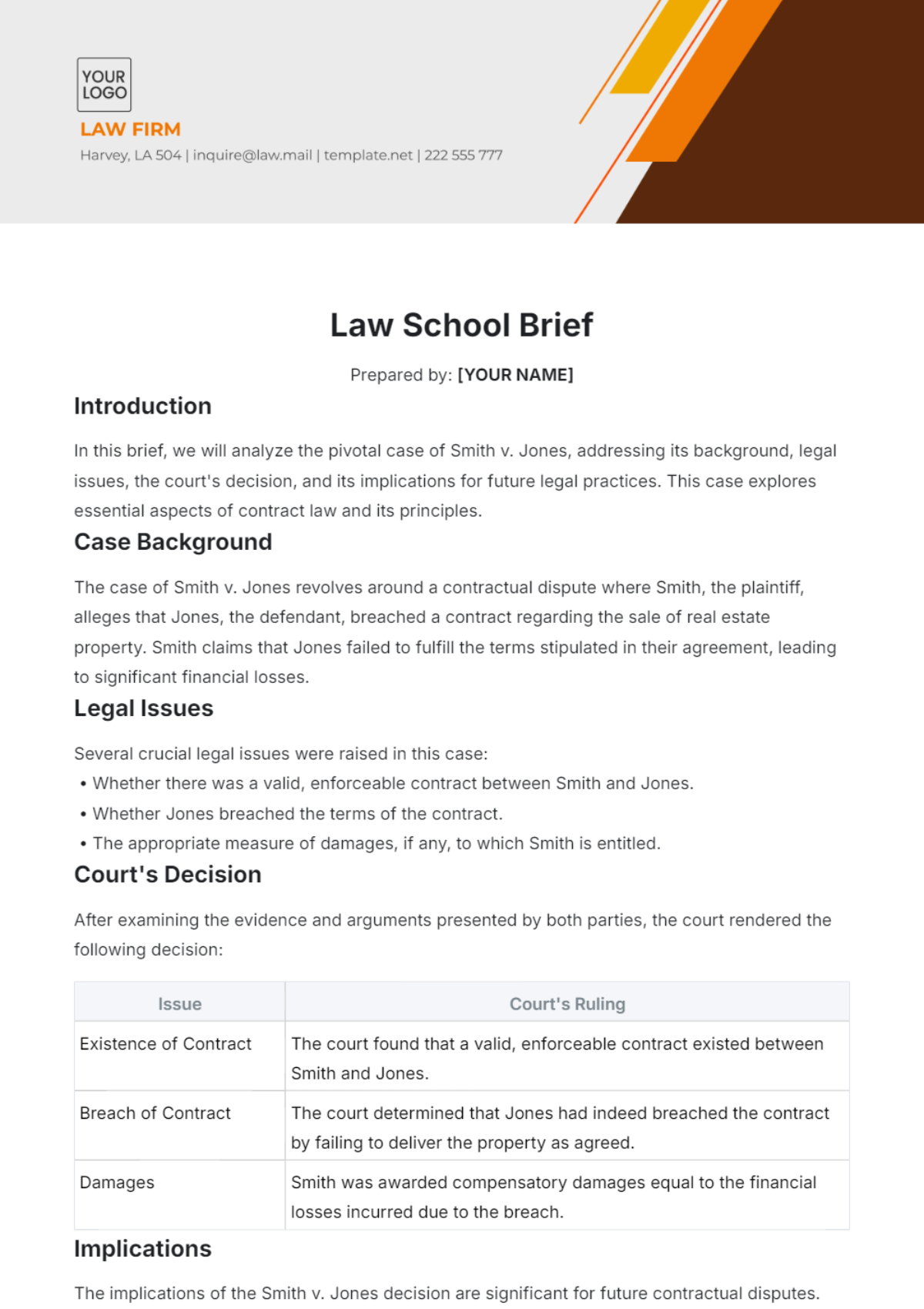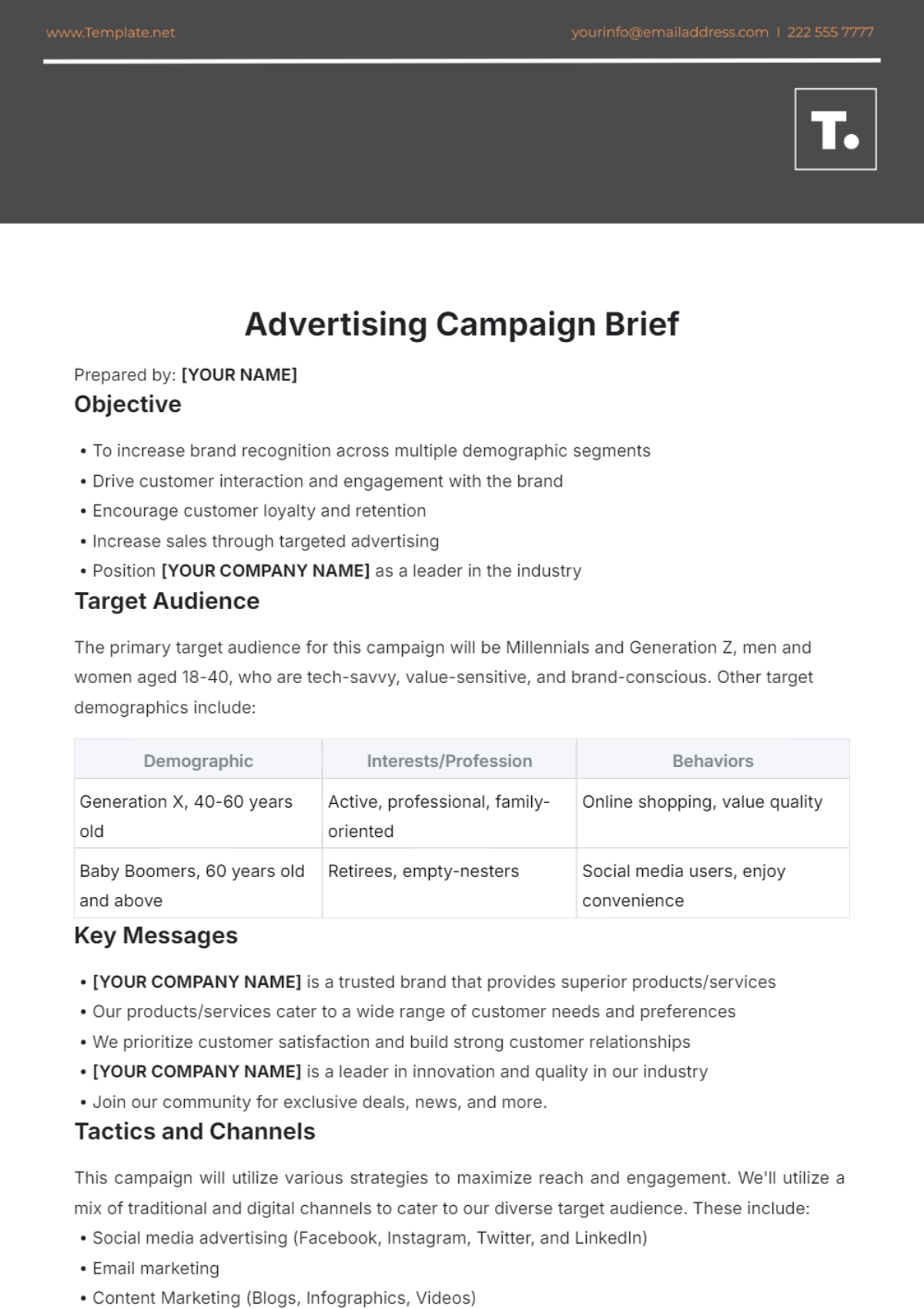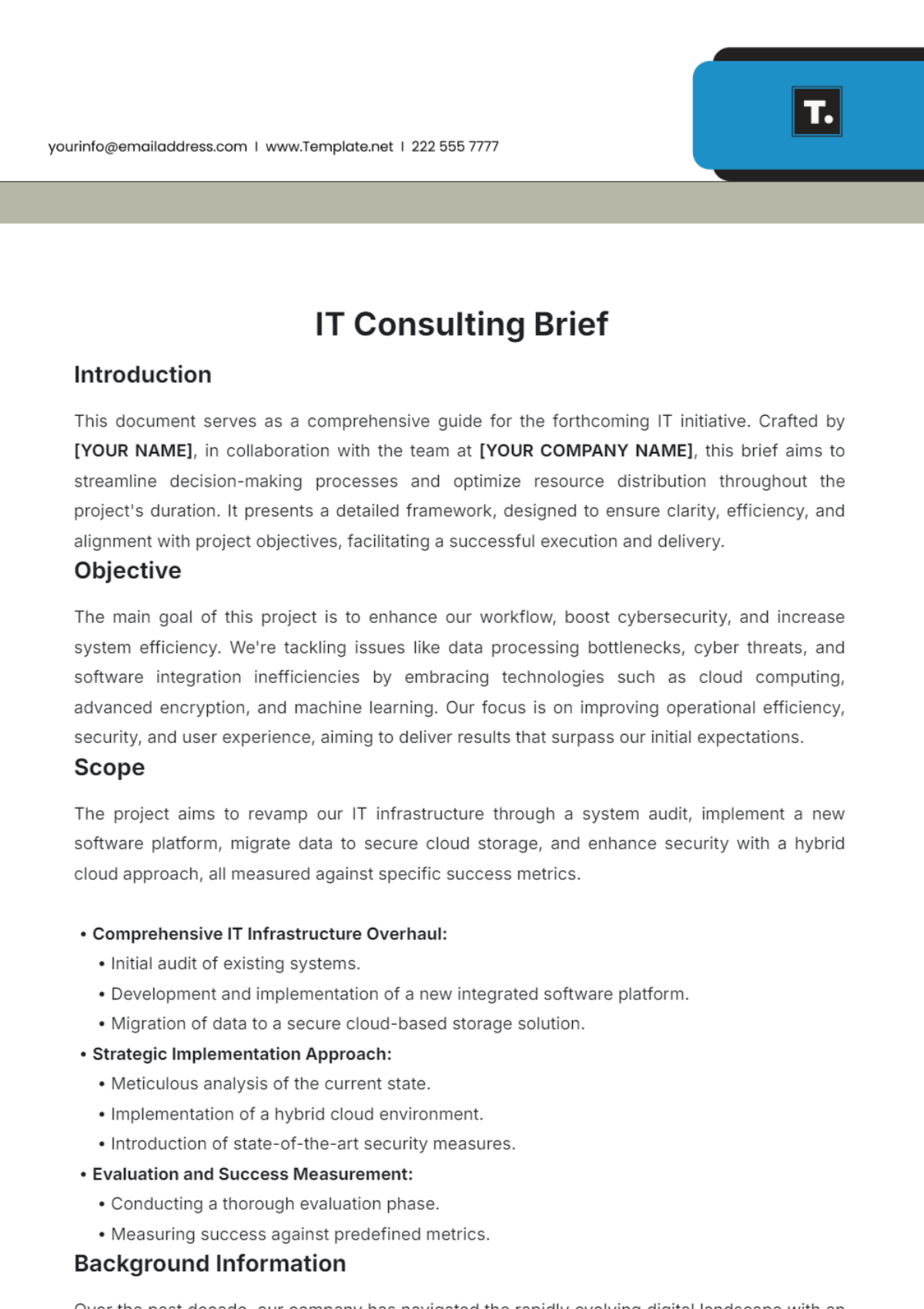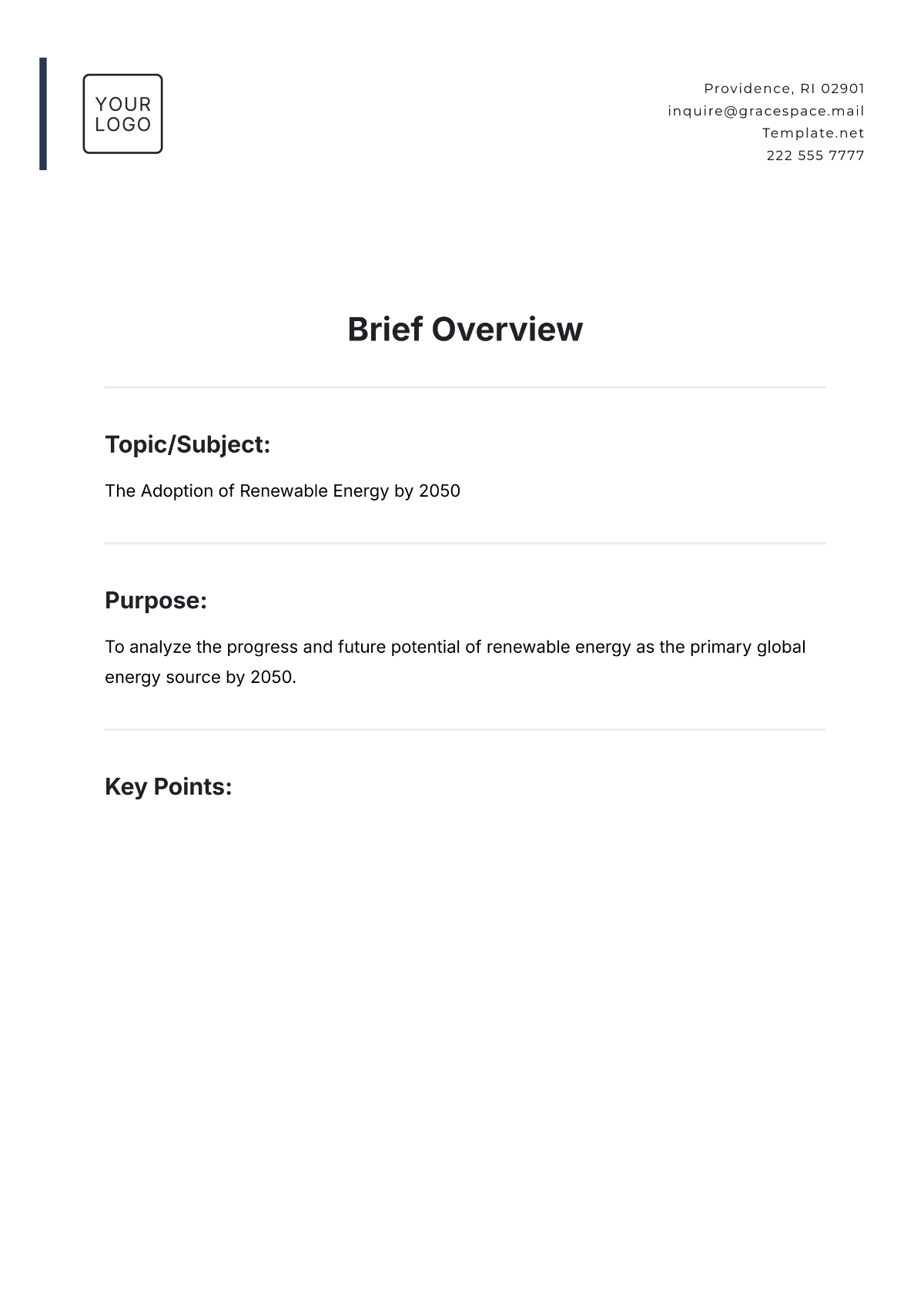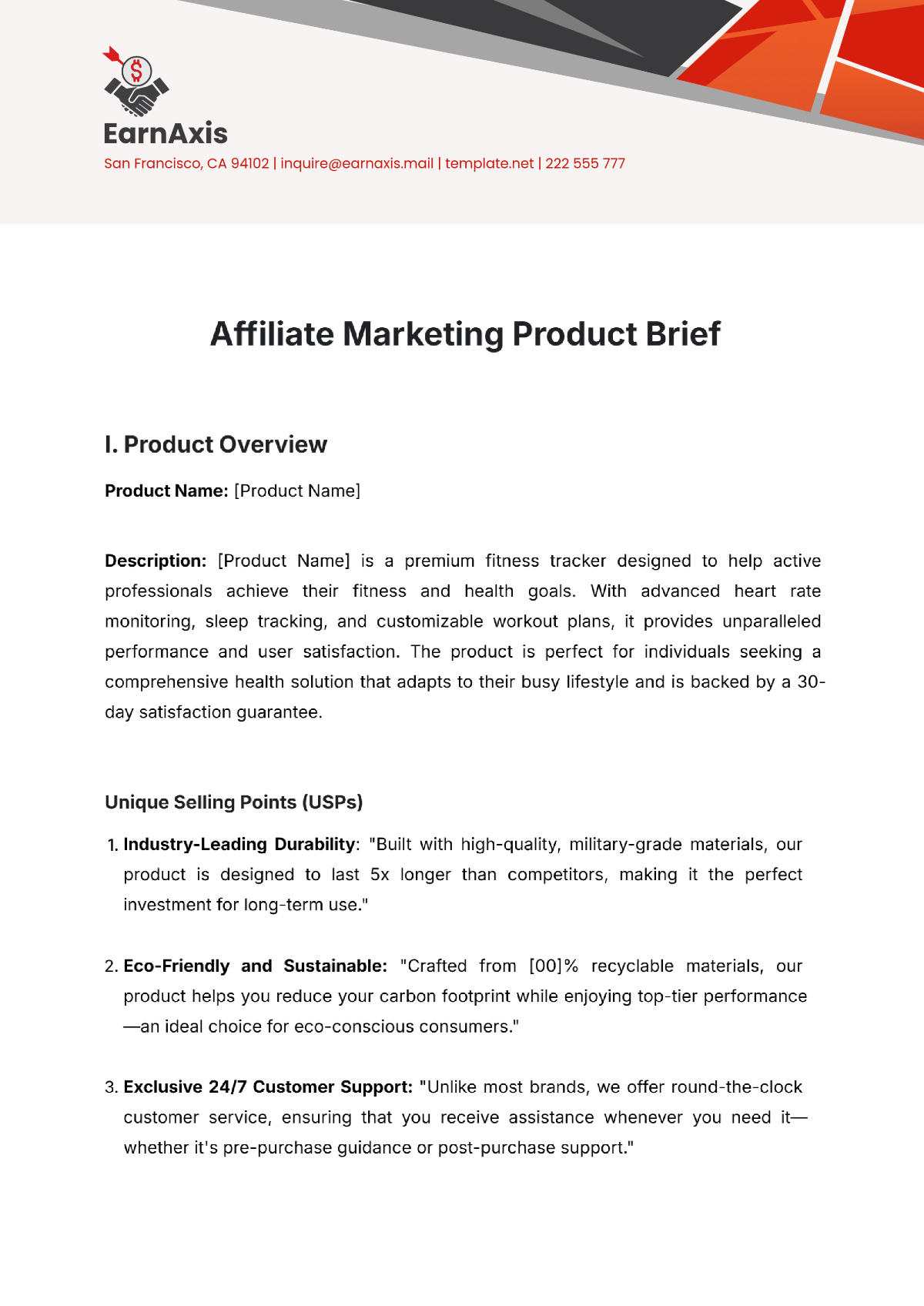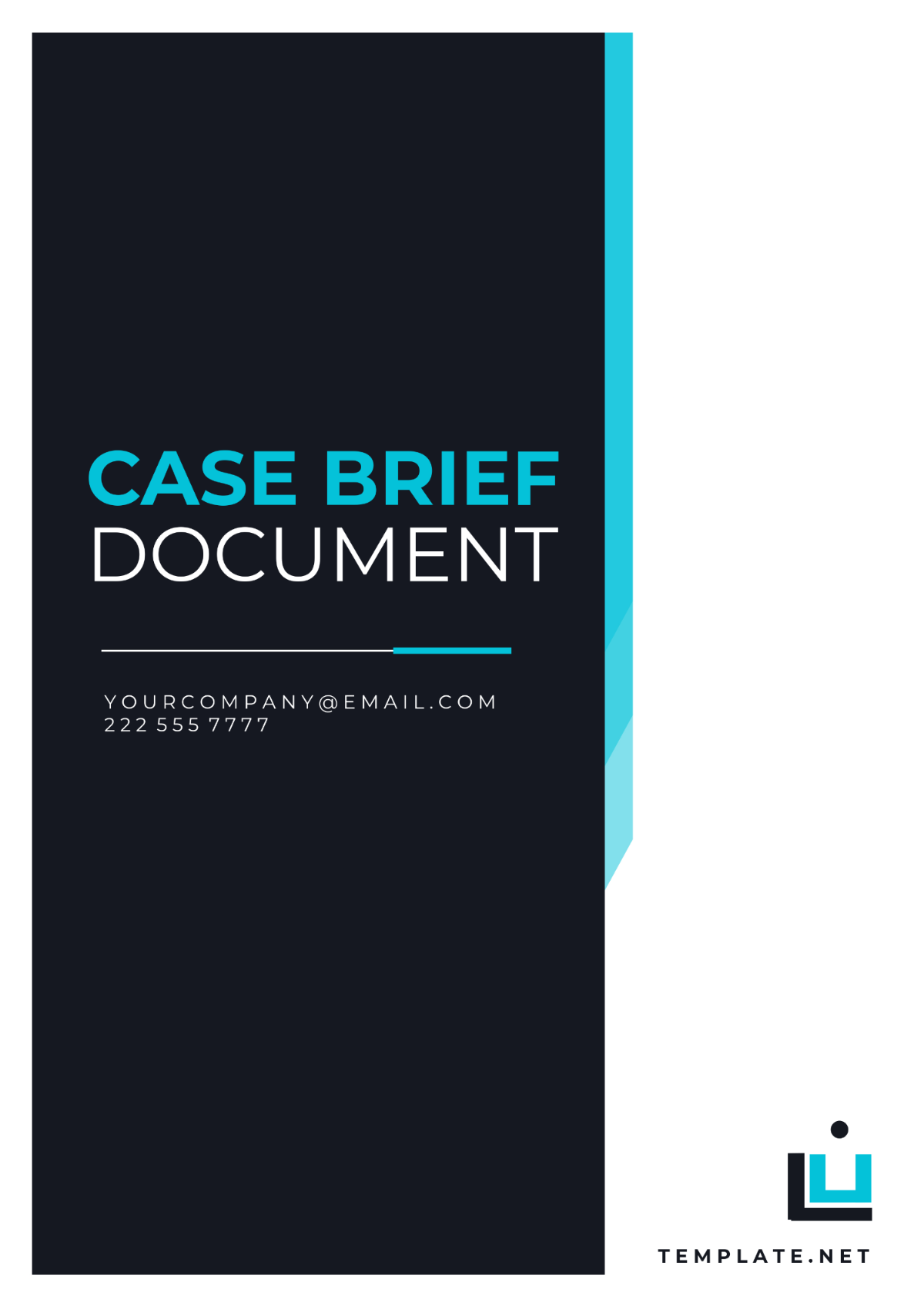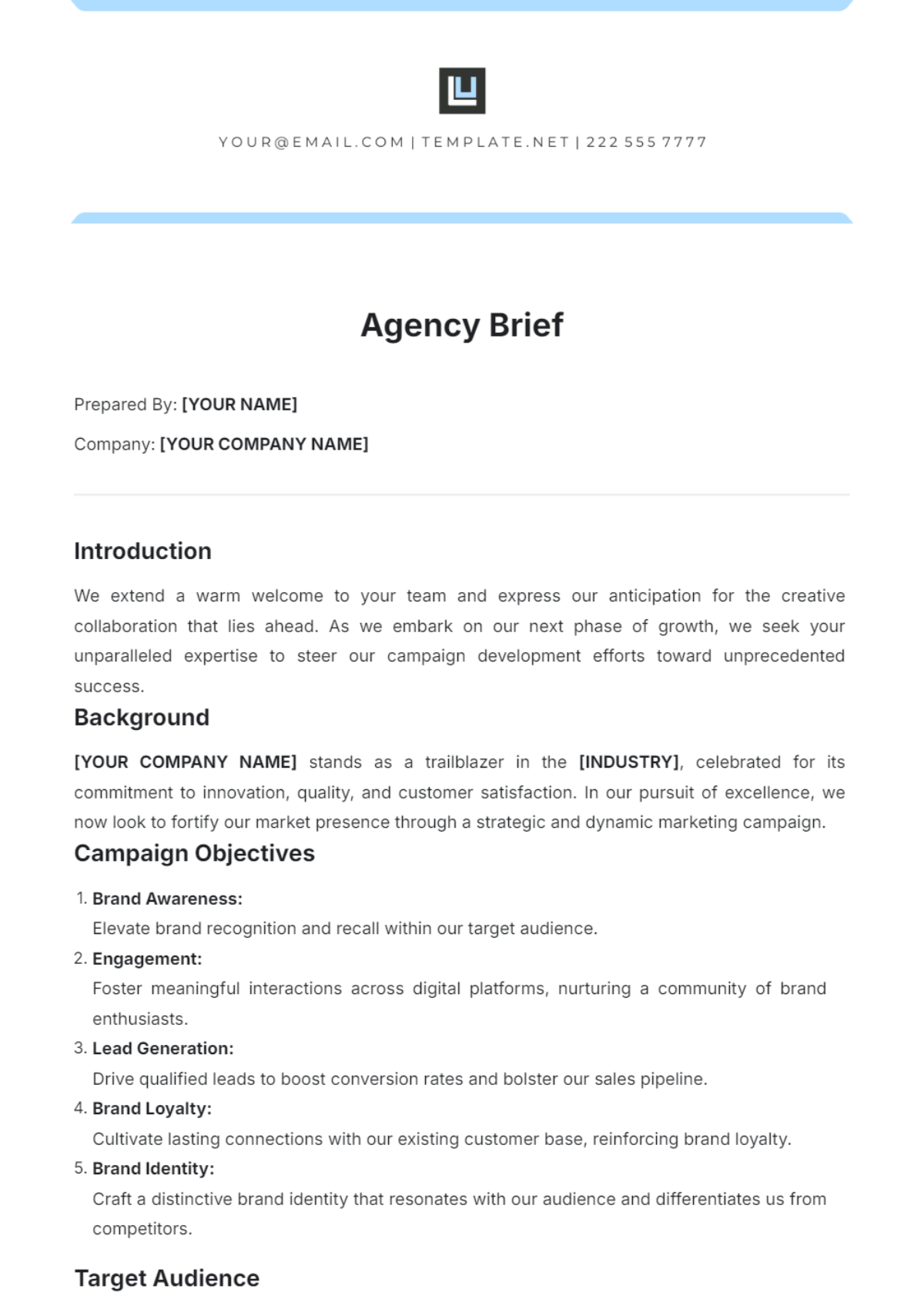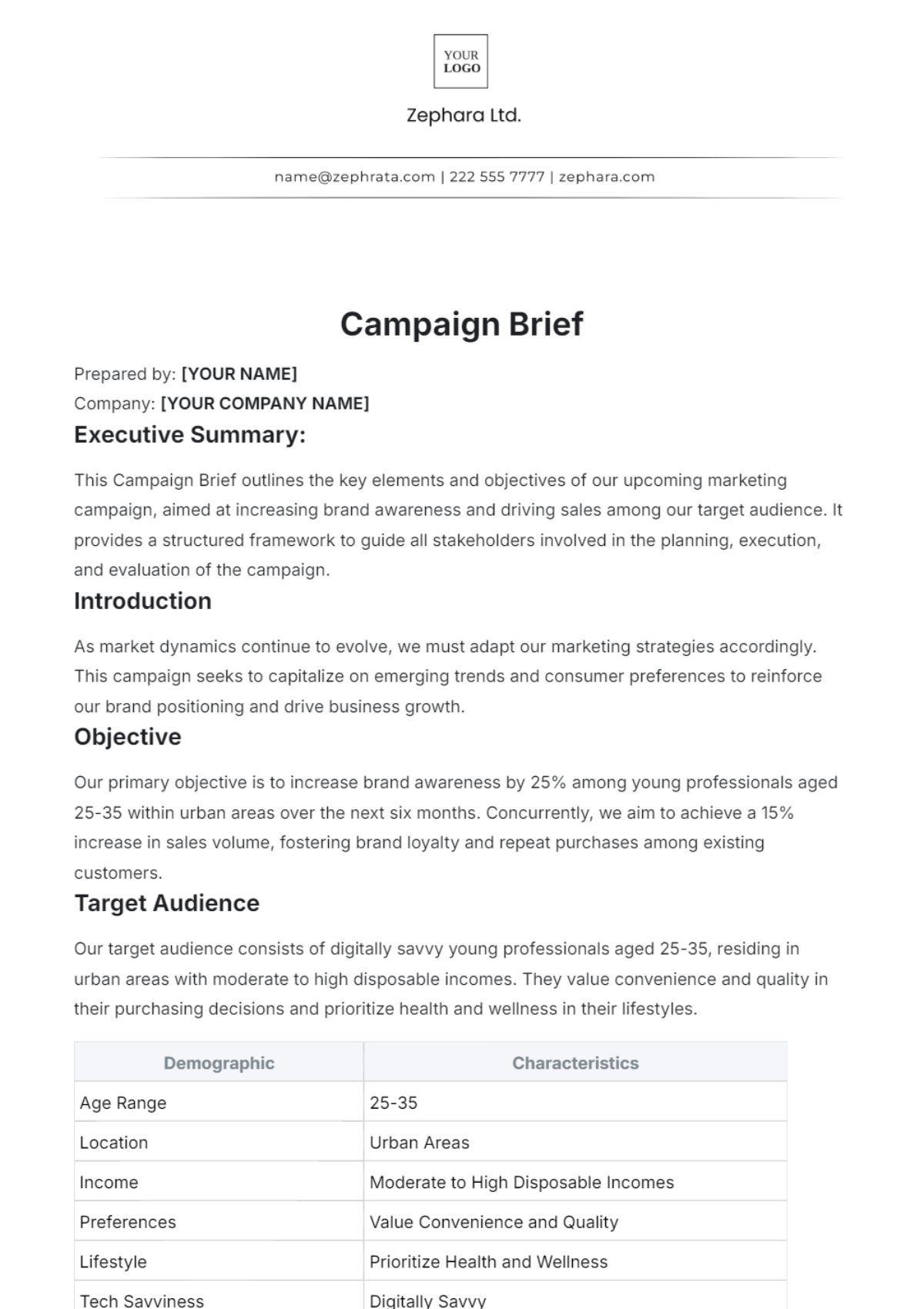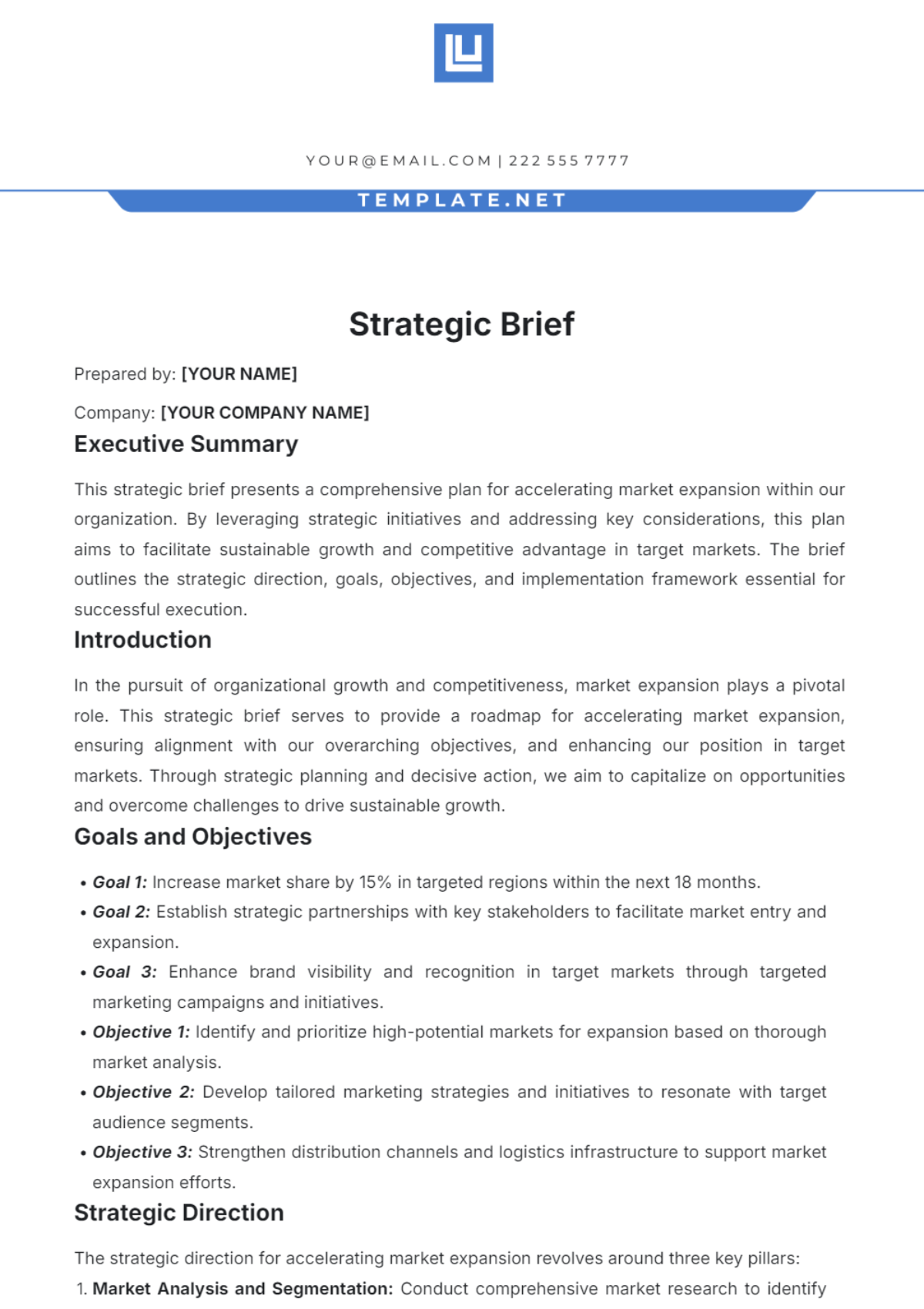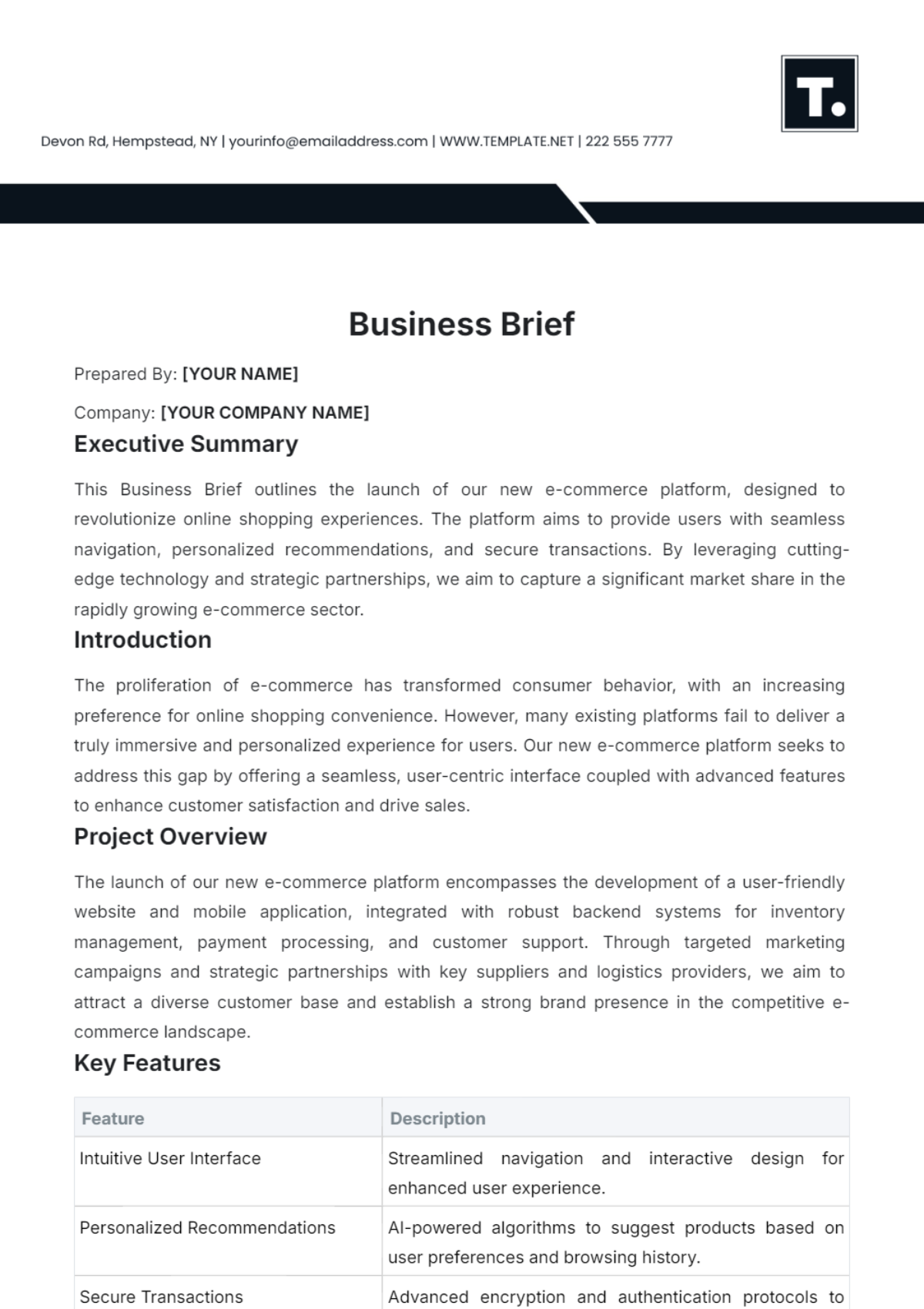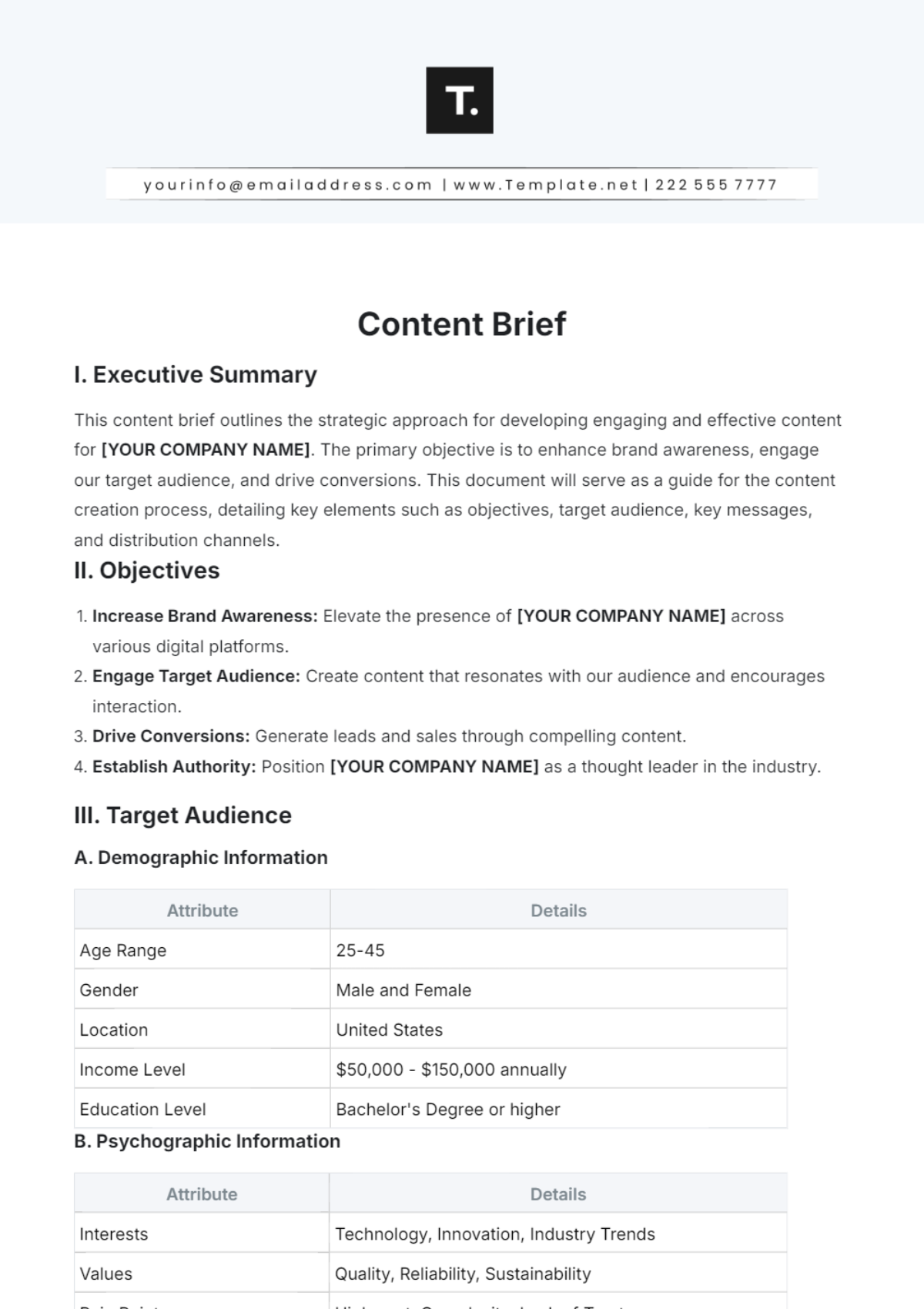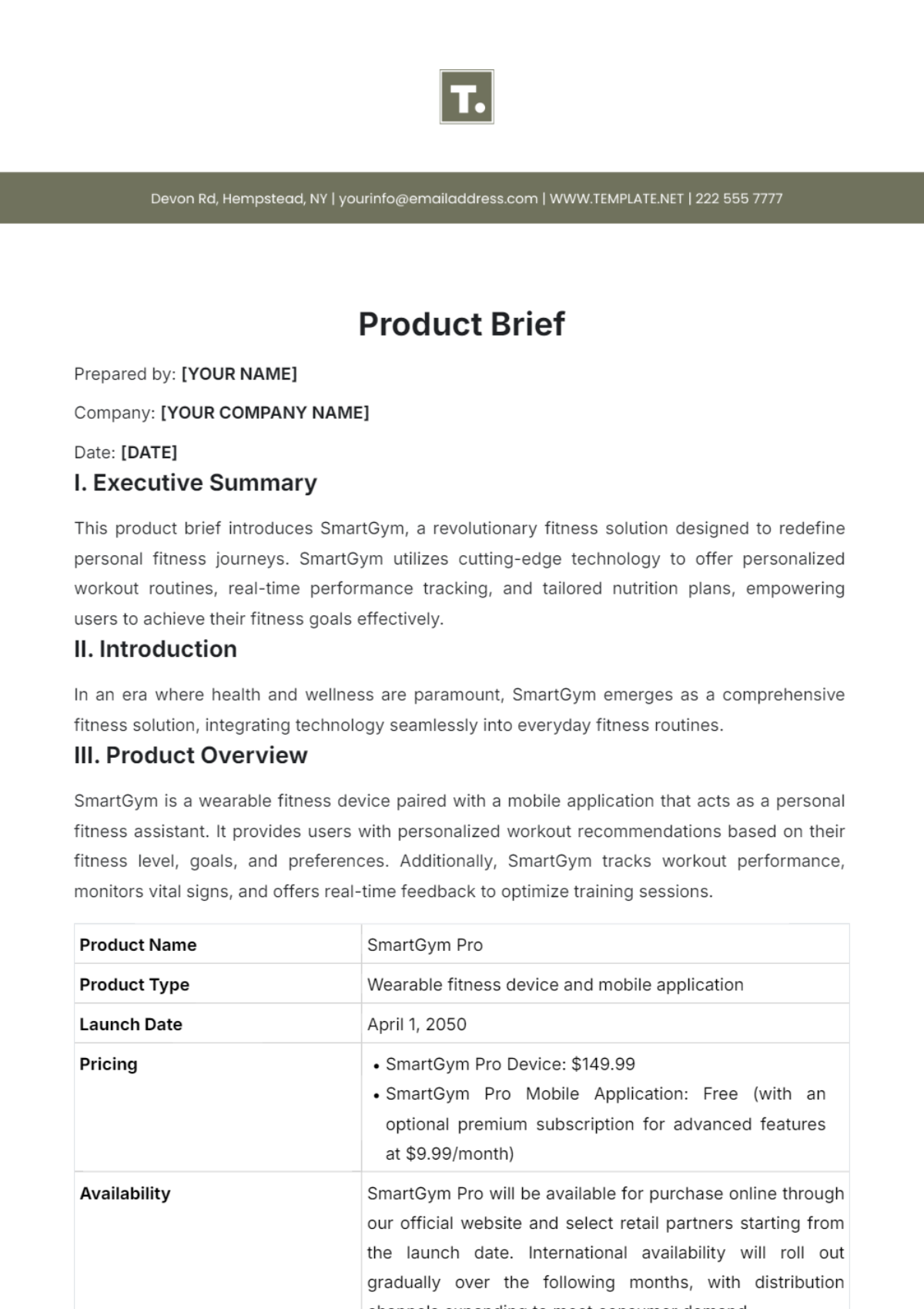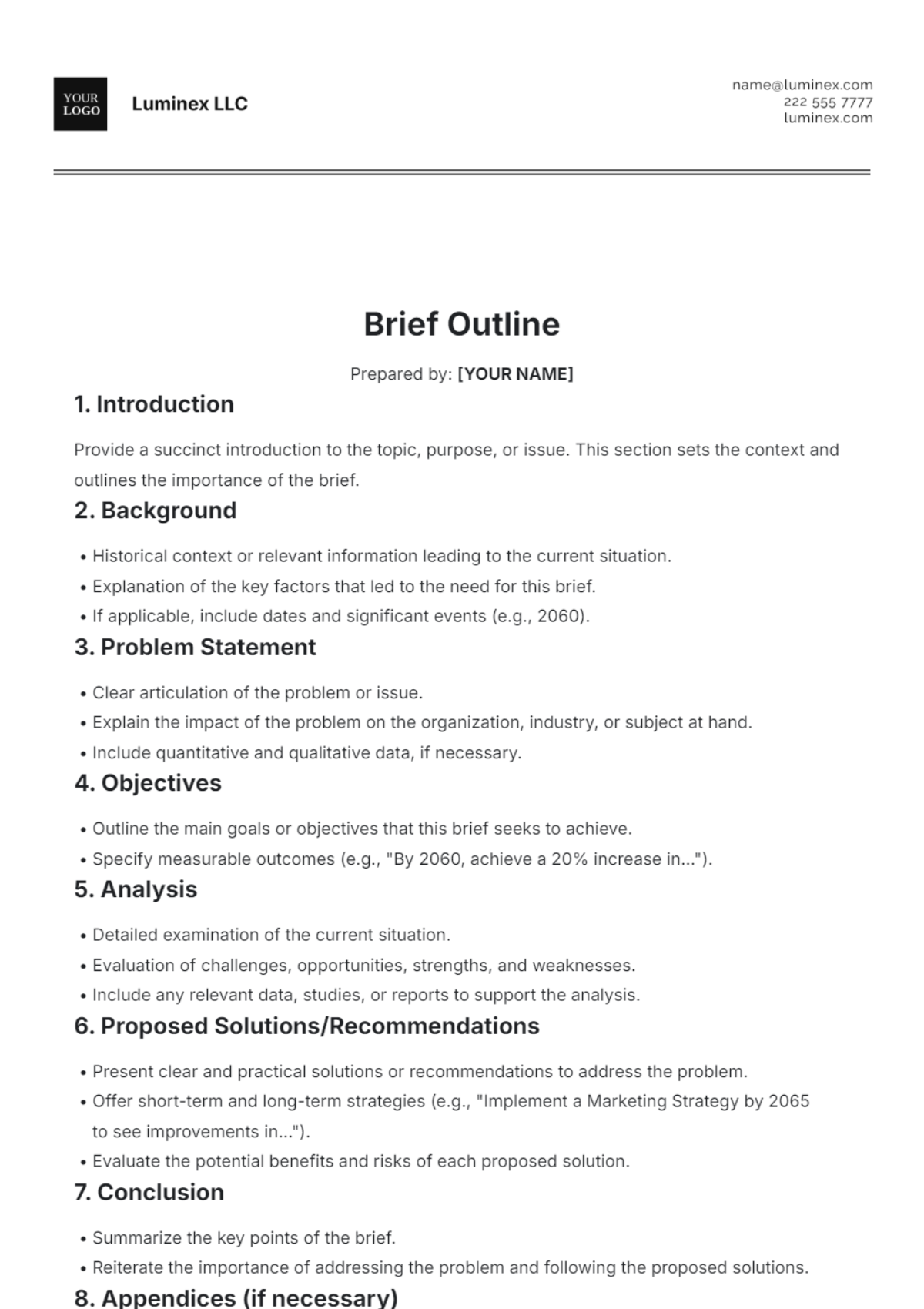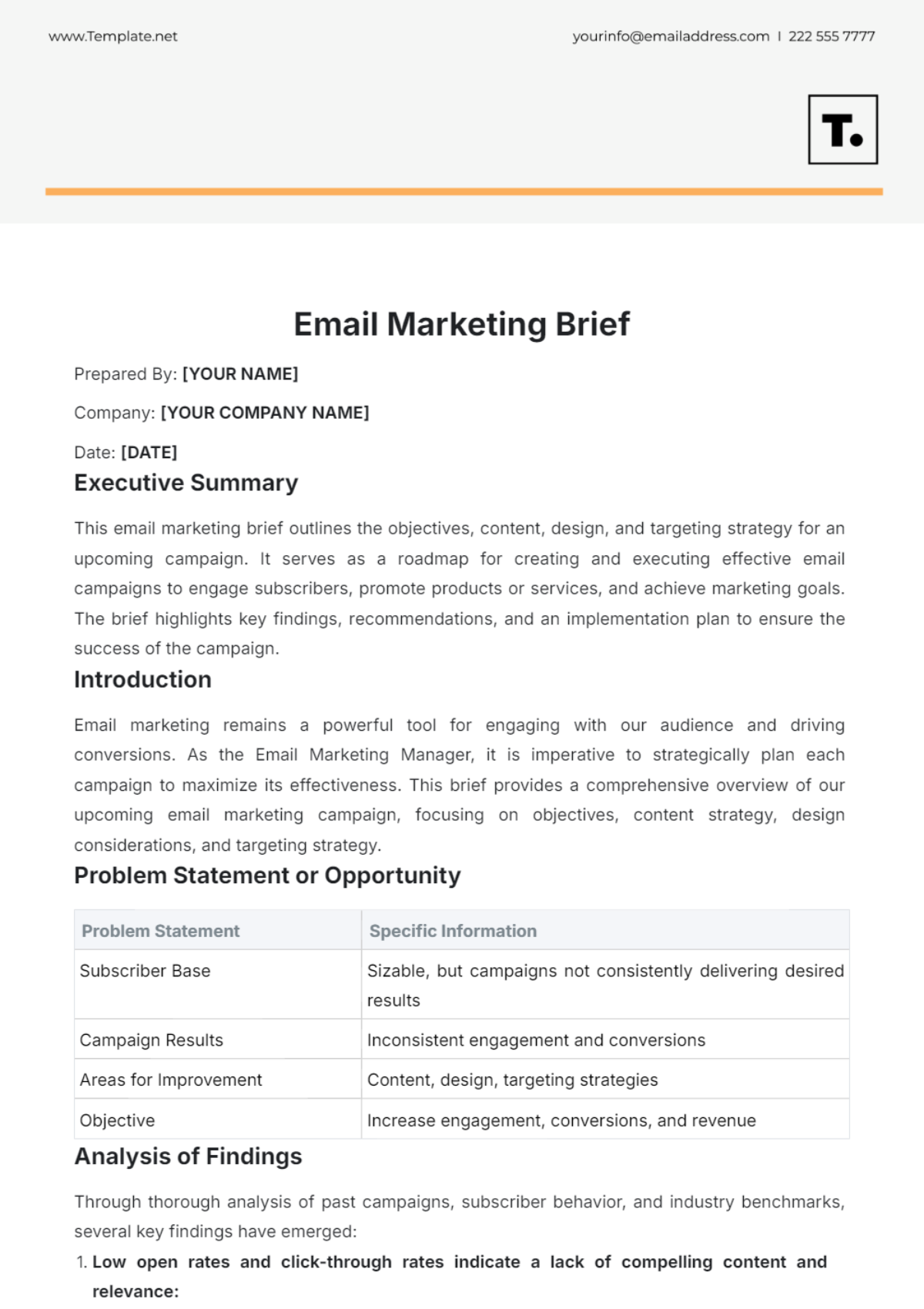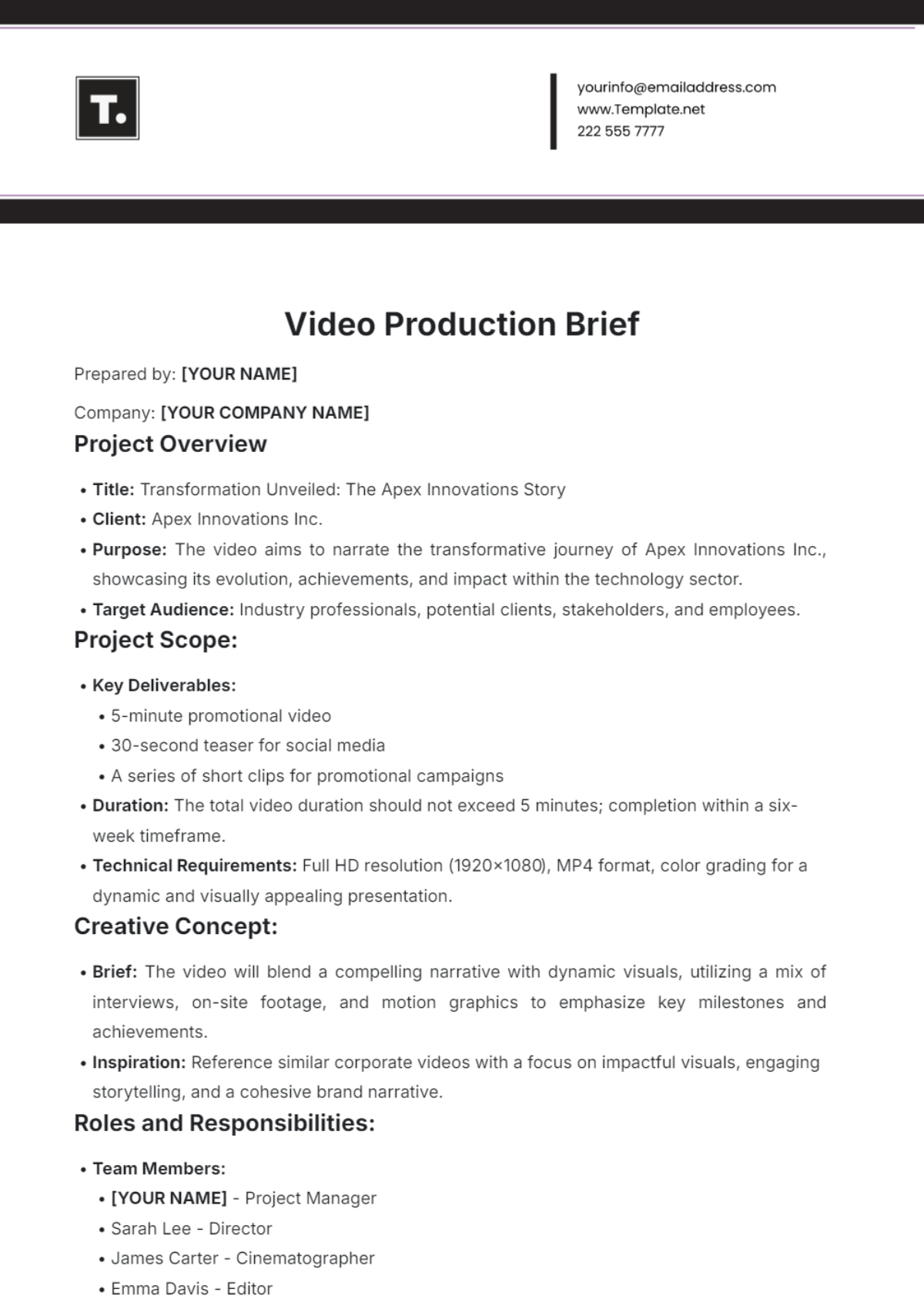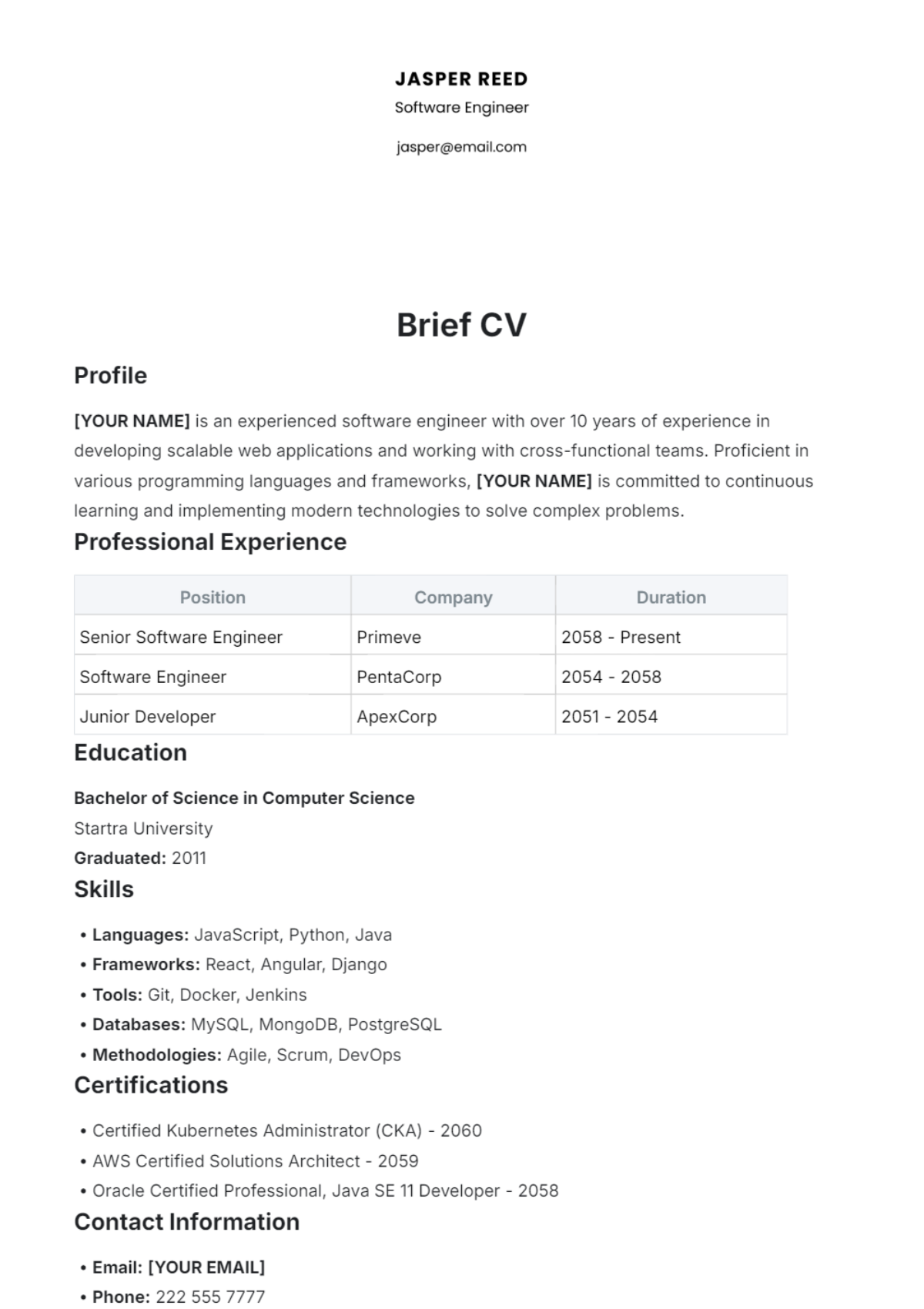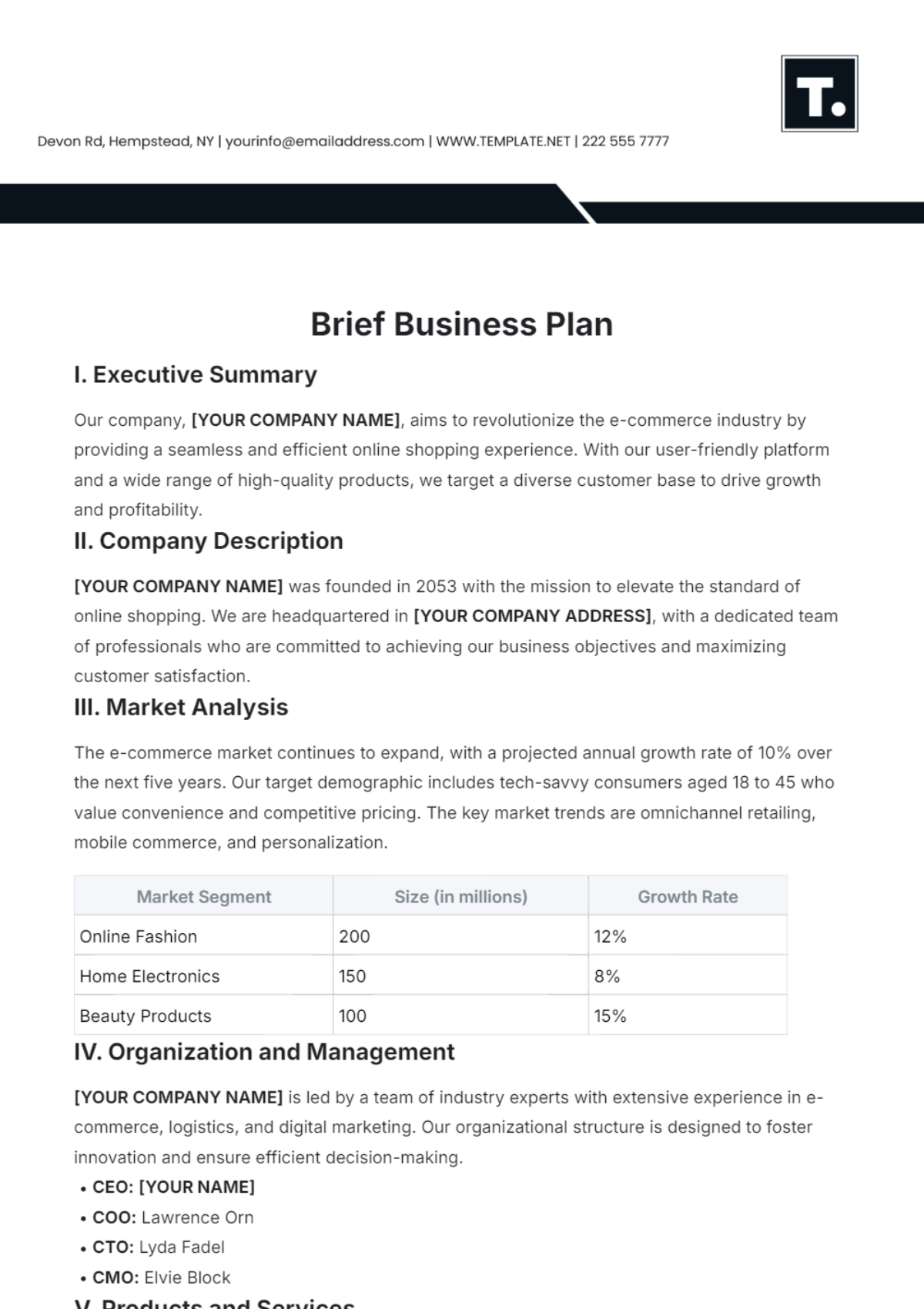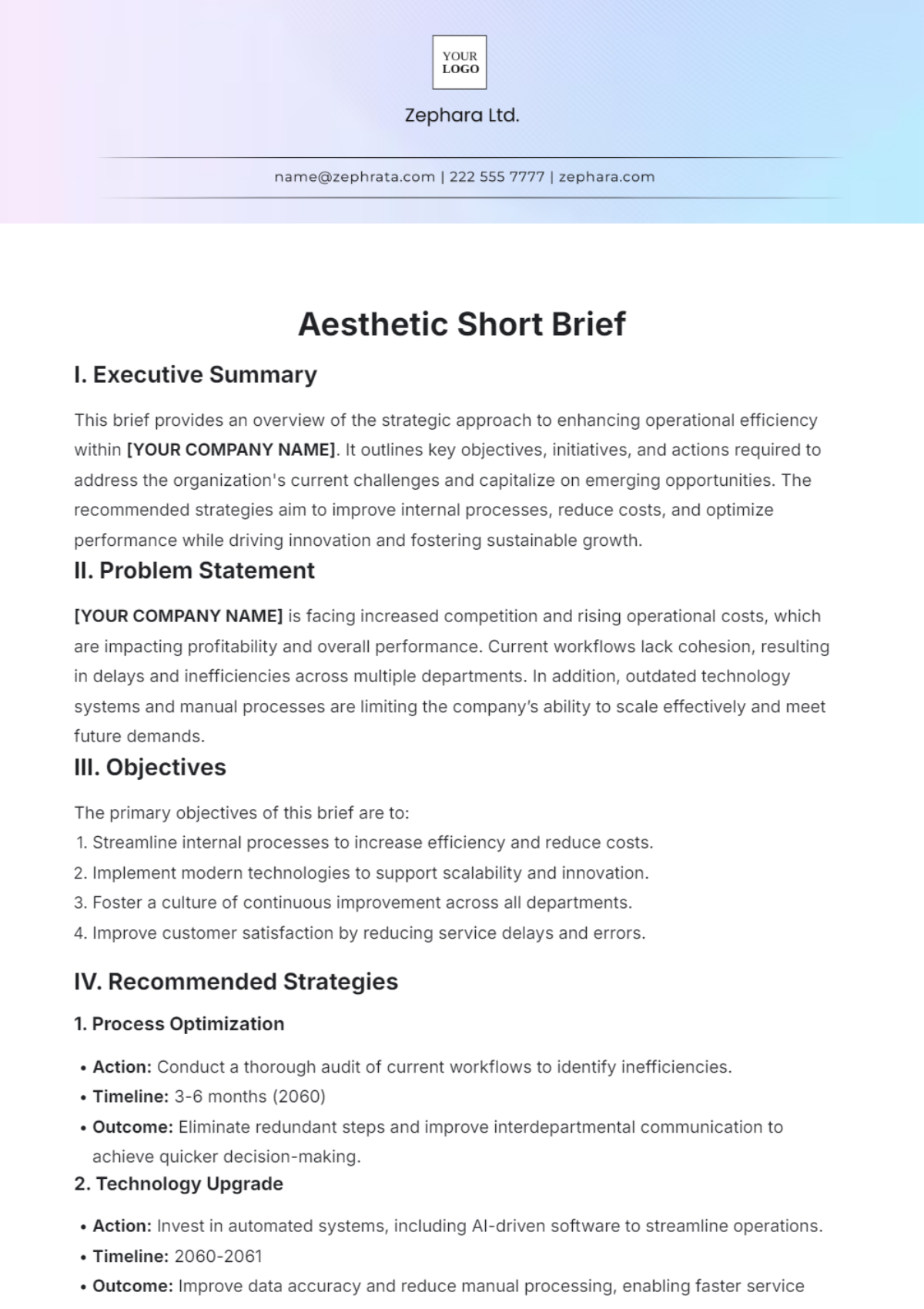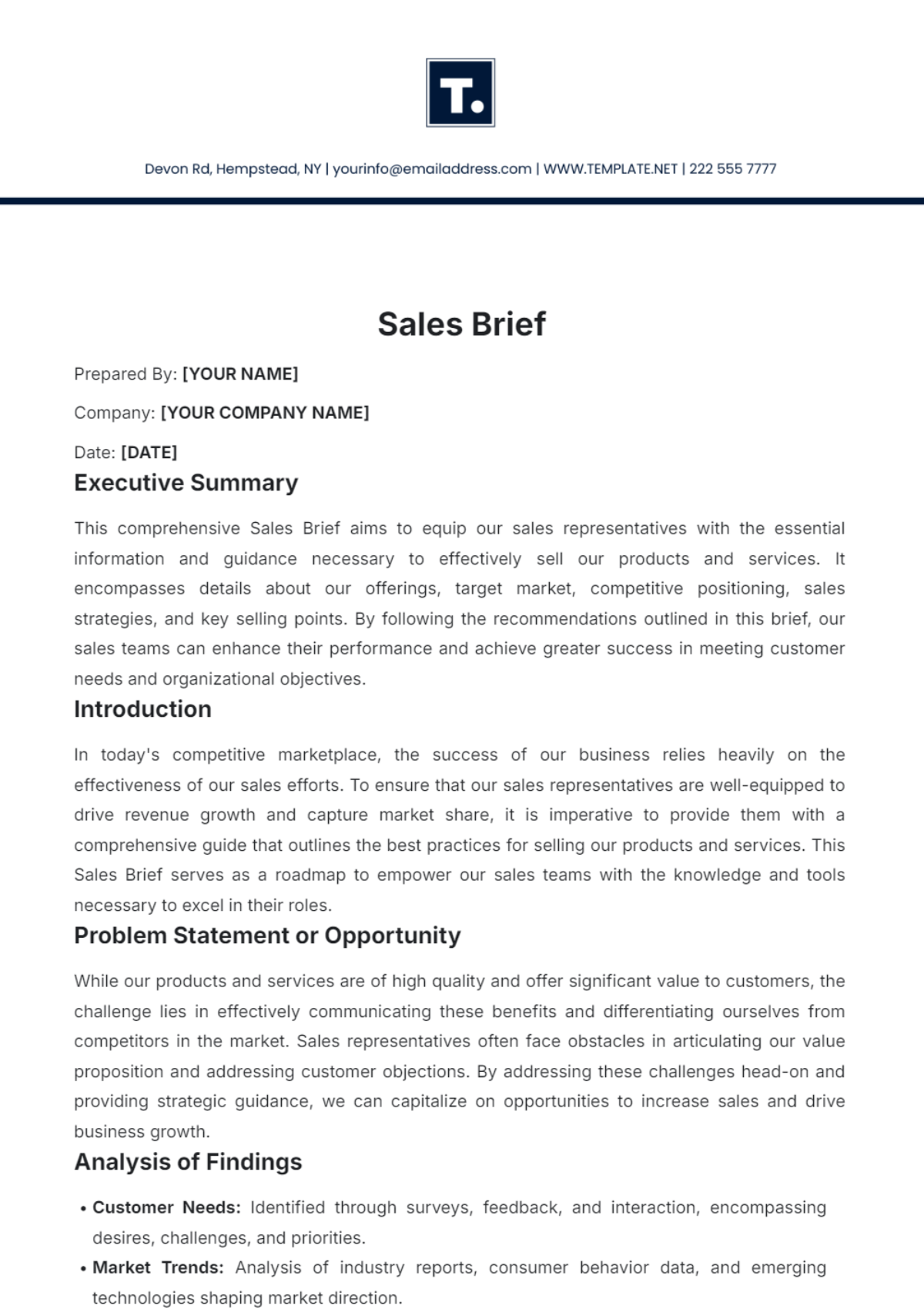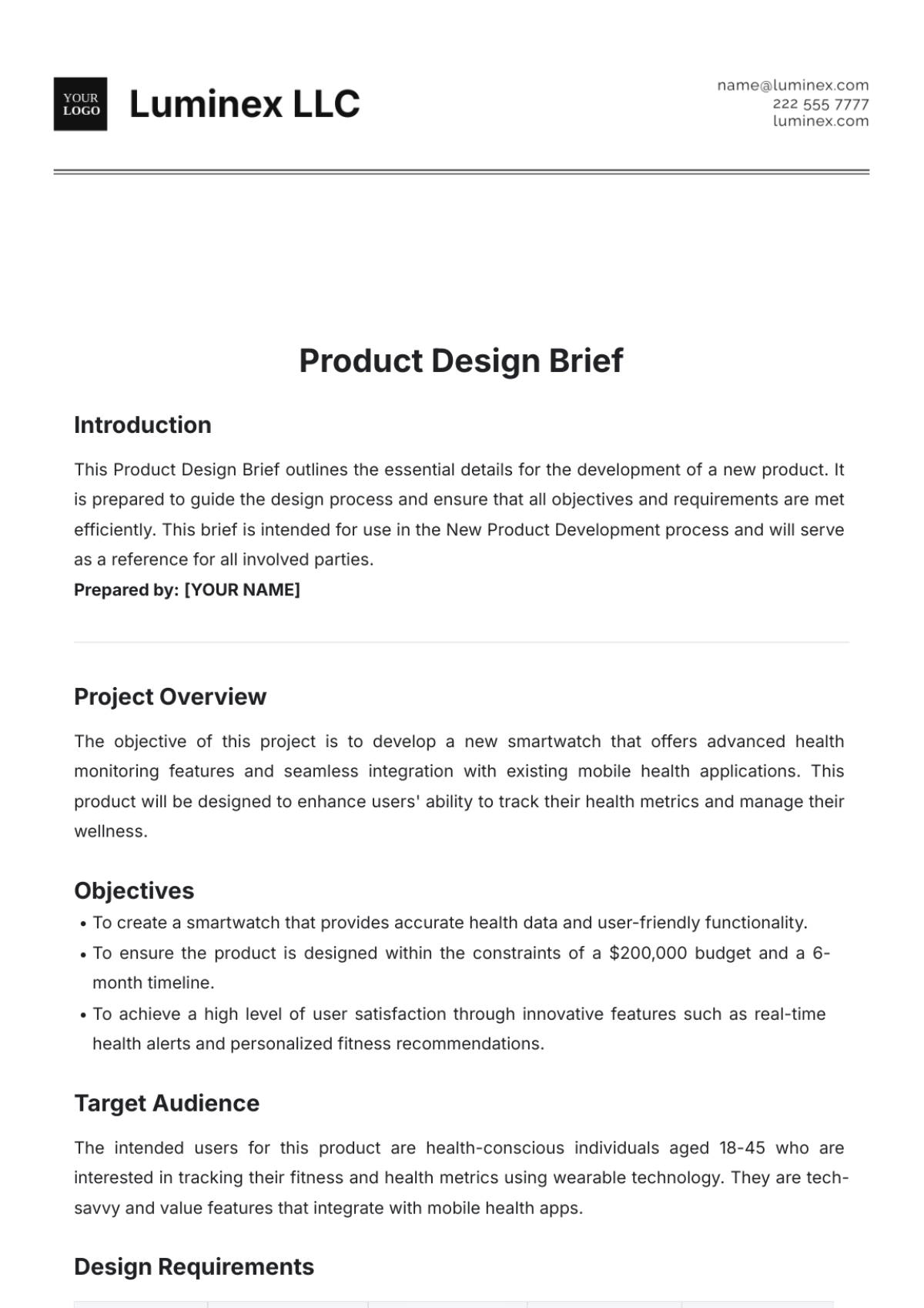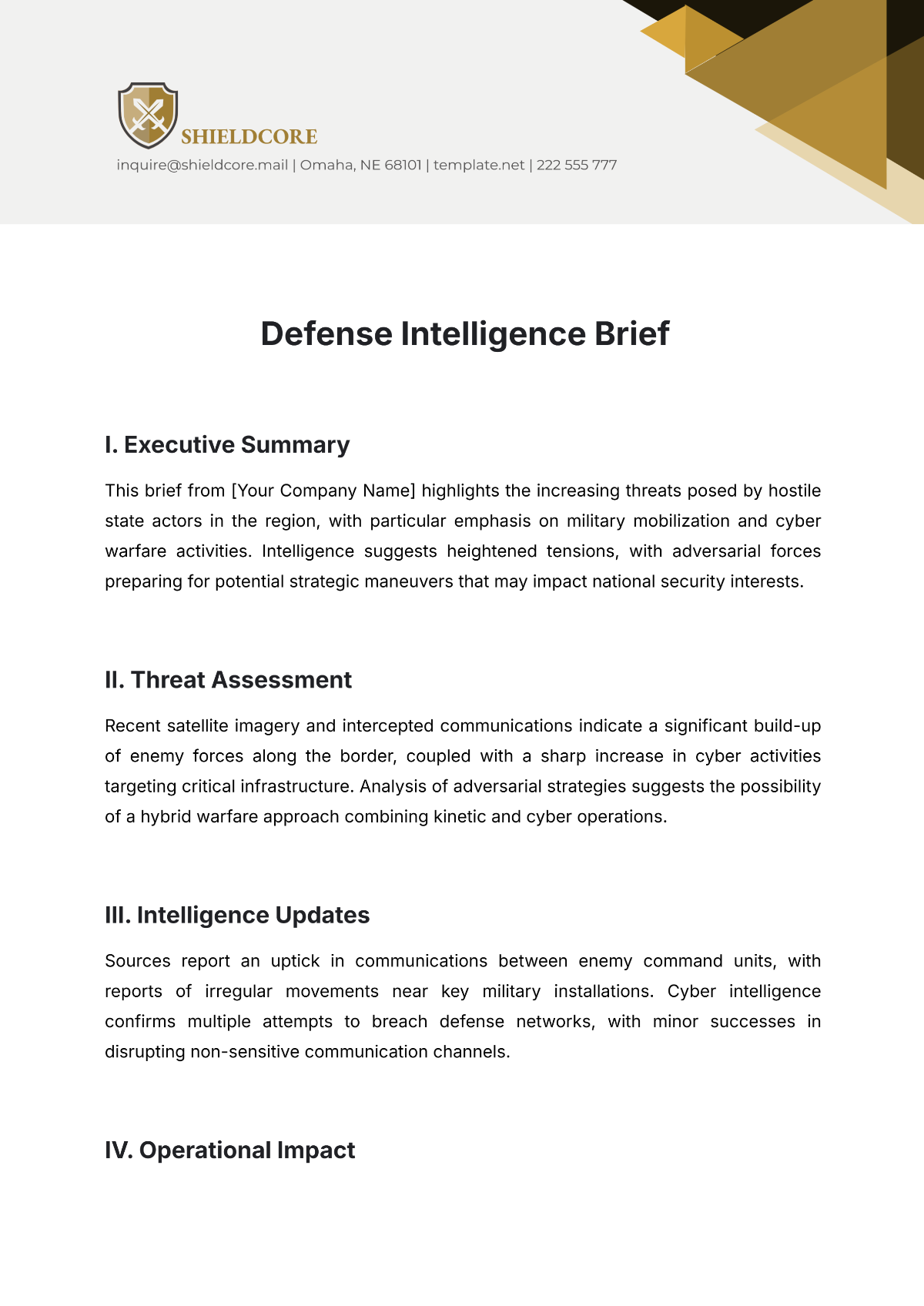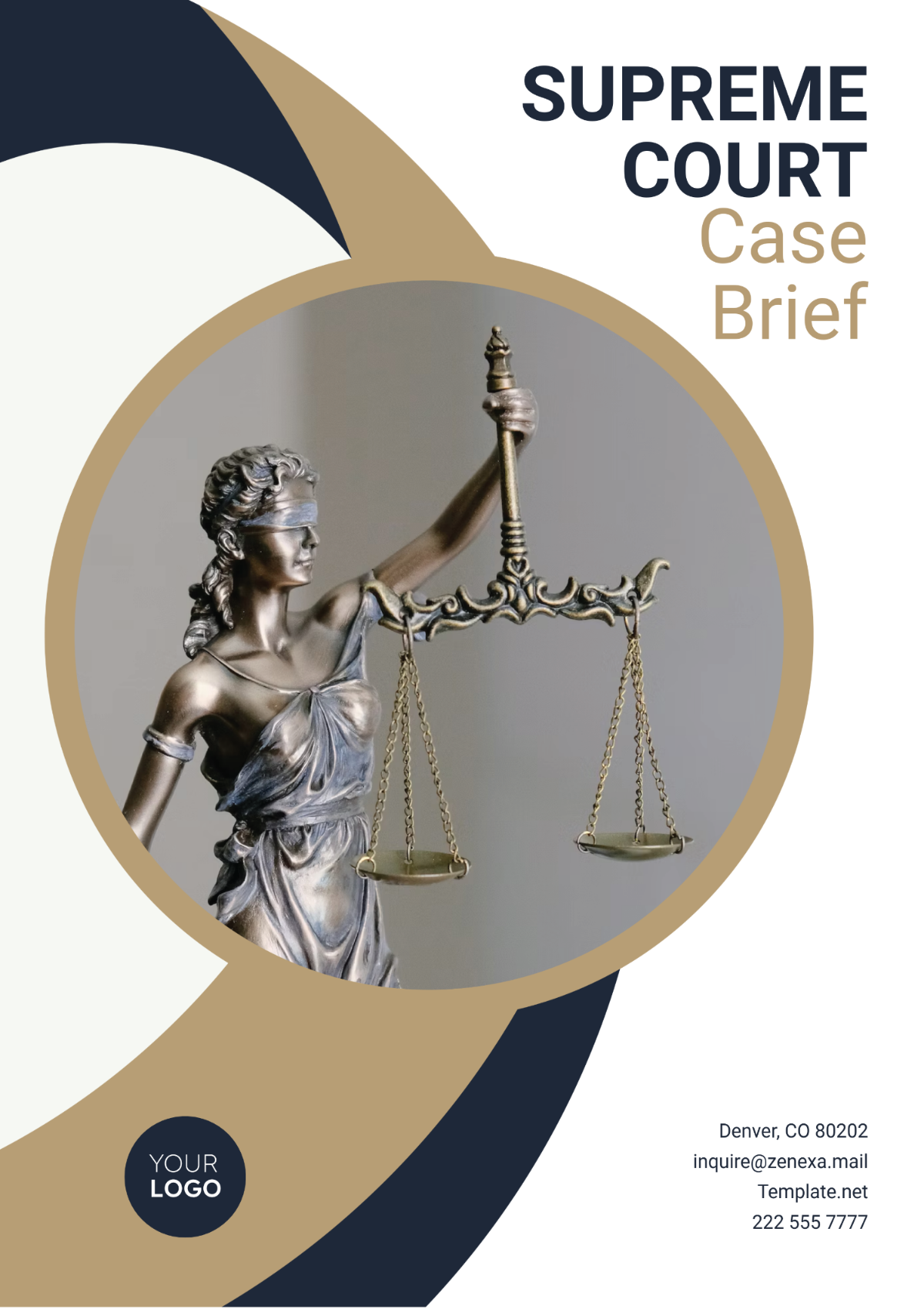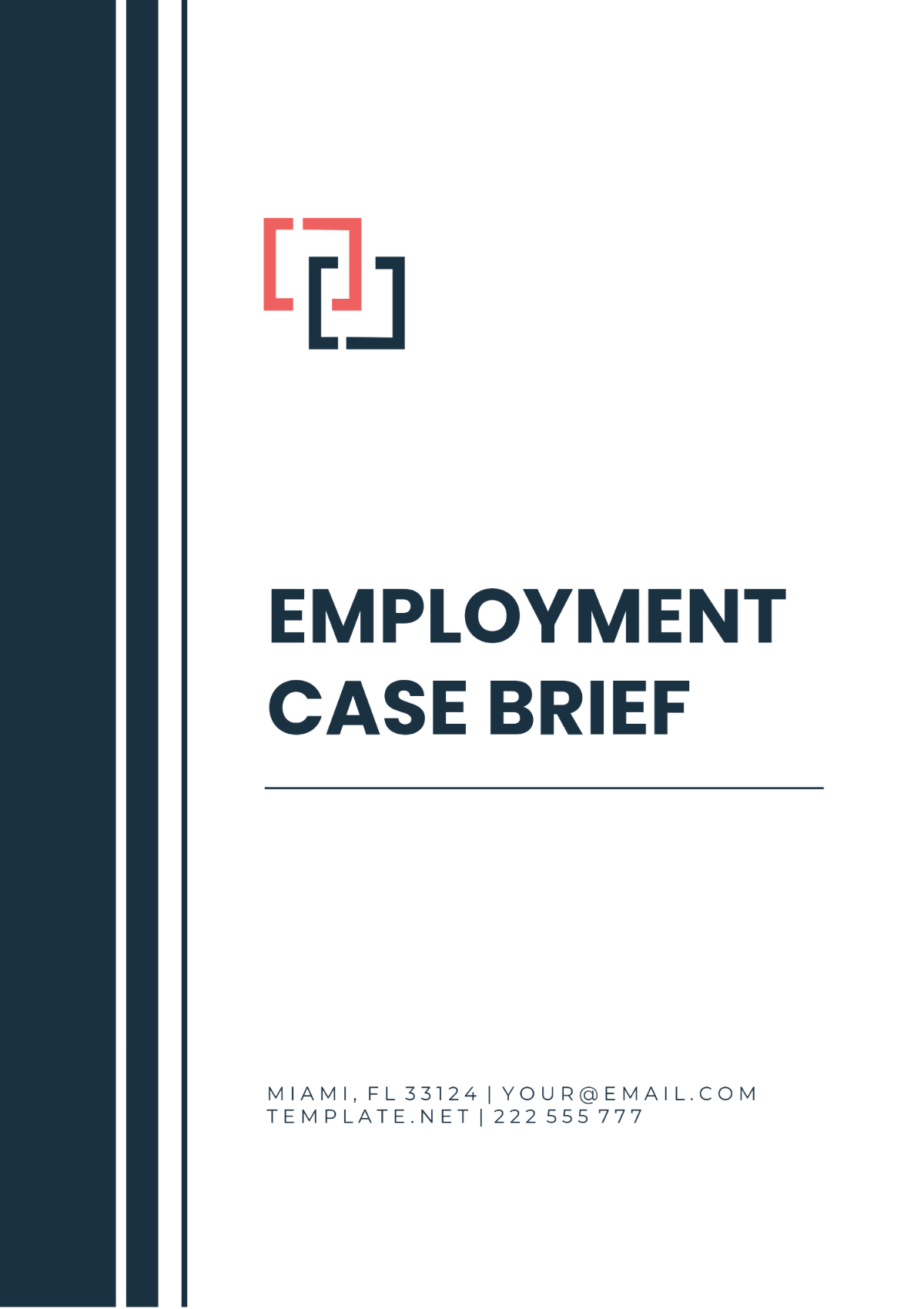Data Validation Process and Criteria Documentation Brief
Prepared by: [YOUR NAME]
Company: [YOUR COMPANY NAME]
1. Introduction
The purpose of this document is to outline the process and criteria used to substantiate the integrity, precision, and uniformity of the data collected by [YOUR COMPANY NAME]. This involves laying down the guiding principles, procedures, and standards that assure the conformity of the aggregated data to the requisite quality thresholds and standards.
2. Data Collection Procedures
Procedure | Description |
|---|---|
Data Acquisition Methods | Ensuring that the methods used for acquiring data are reliable and match the standard criteria. This can involve surveys, direct data input and data importation from other reliable sources. |
Data Documentation | Documenting the origin and type of data collected for transparency and further reference. |
Data Logging | Every instance of data collection should be logged, complete with pertinent details such as the data source, the individual responsible for the data collection, and the time and date of collection. |
3. Data Validation and Verification Process
Initial Data Screening: After data collection, the data is initially screened for noticeable errors or inconsistencies.
Data Verification: Identified errors are cross-checked and verified with the data source to ensure it is not a genuine data anomaly.
Data Cleaning: Incorrect data entries are corrected or removed before further processing.
Data Certification: The cleaned dataset is certified clean and ready for analysis.
4. Data Quality Standards
The data collected by [YOUR COMPANY NAME] must satisfy the following quality criteria:
Criteria | Description |
|---|---|
Comprehensiveness | All necessary data fields should be completed, without any missing values. |
Consistency | Data patterns must match throughout the dataset with no contradictions. |
Accuracy | Data should be as close as possible to the true values. |
Reliability | Data should give the same results when the conditions remain the same. |
5. Monitoring and Improving Data Quality
[YOUR COMPANY NAME] shall consistently review and monitor its data validation processes to ensure continuous improvement. Mechanisms in place for this include:
Periodic Data Audits: Conduct regular reviews of the data to identify, rectify and prevent data errors.
Staff Training: Offering regular training to staff on data collection and validation procedures to ensure consistency and accuracy.
Data Quality Feedback System: Implementing a system where concerns about data quality can be reported and addressed.
Utilization of Quality Assurance Software: Using software to automate parts of the validation process.
Conclusion
In conclusion, the outlined process and criteria for ensuring data integrity, precision, and uniformity are integral to the operations of [YOUR COMPANY NAME]. By implementing robust data collection procedures, thorough validation and verification processes, and adhering to stringent data quality standards, [YOUR COMPANY NAME] can confidently rely on its data for informed decision-making and strategic planning.
Appendix
These appendix materials serve to support the implementation and execution of the data validation and verification process within [YOUR COMPANY NAME], promoting transparency, consistency, and efficiency in data management practices.
For further inquiries or to discuss specific aspects of our data validation process, please contact:
[Your Name]
[Your Company Name]
[Your Company Email]
[Your Company Website]

